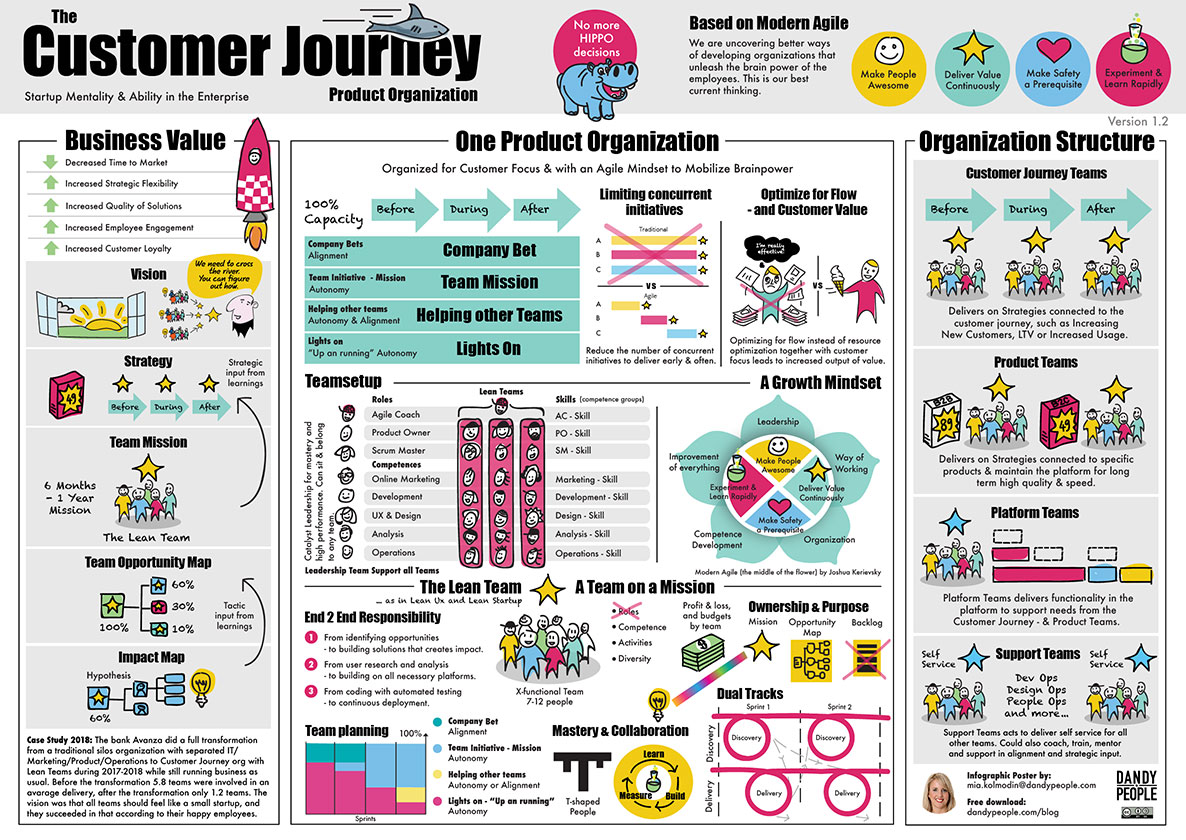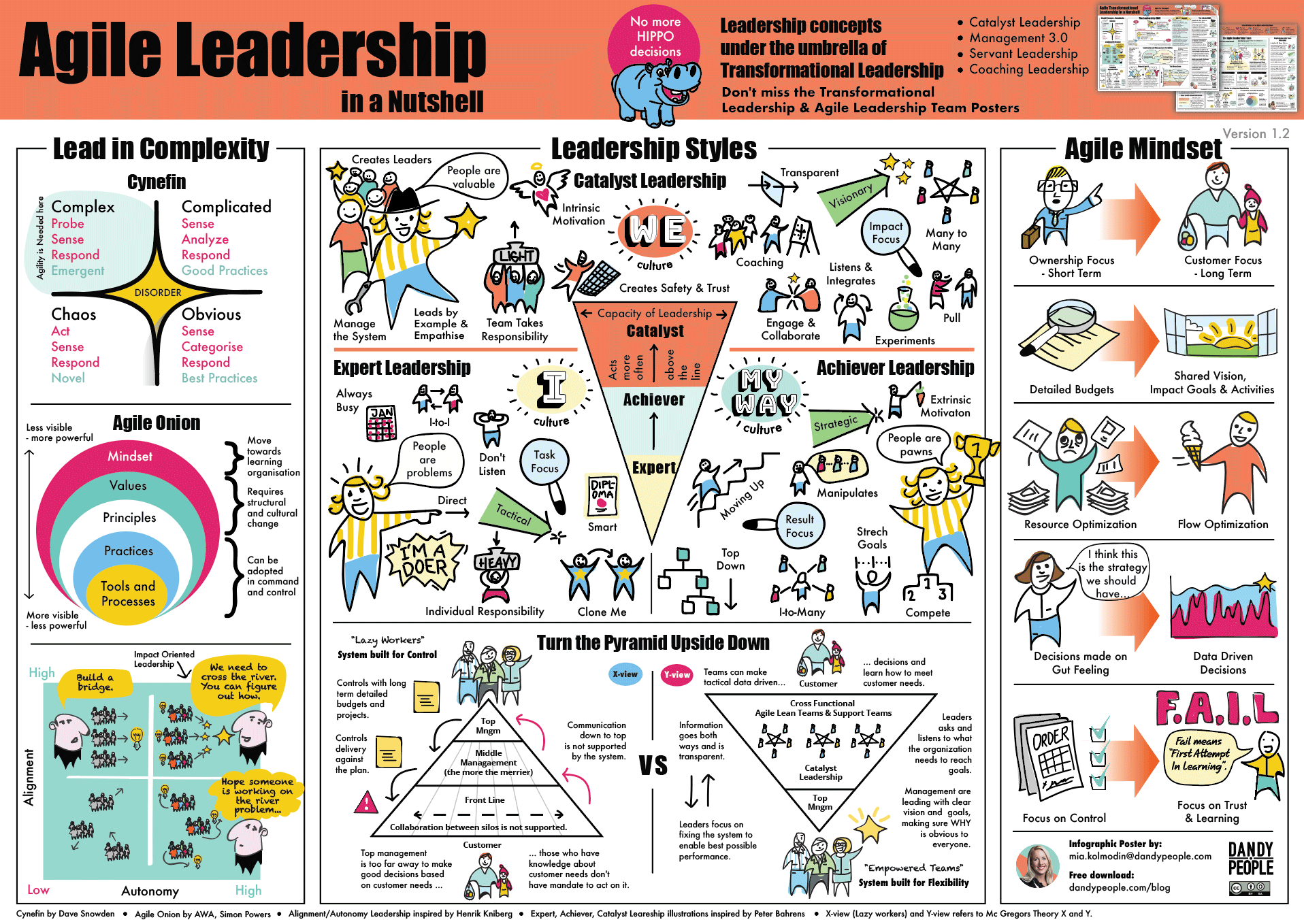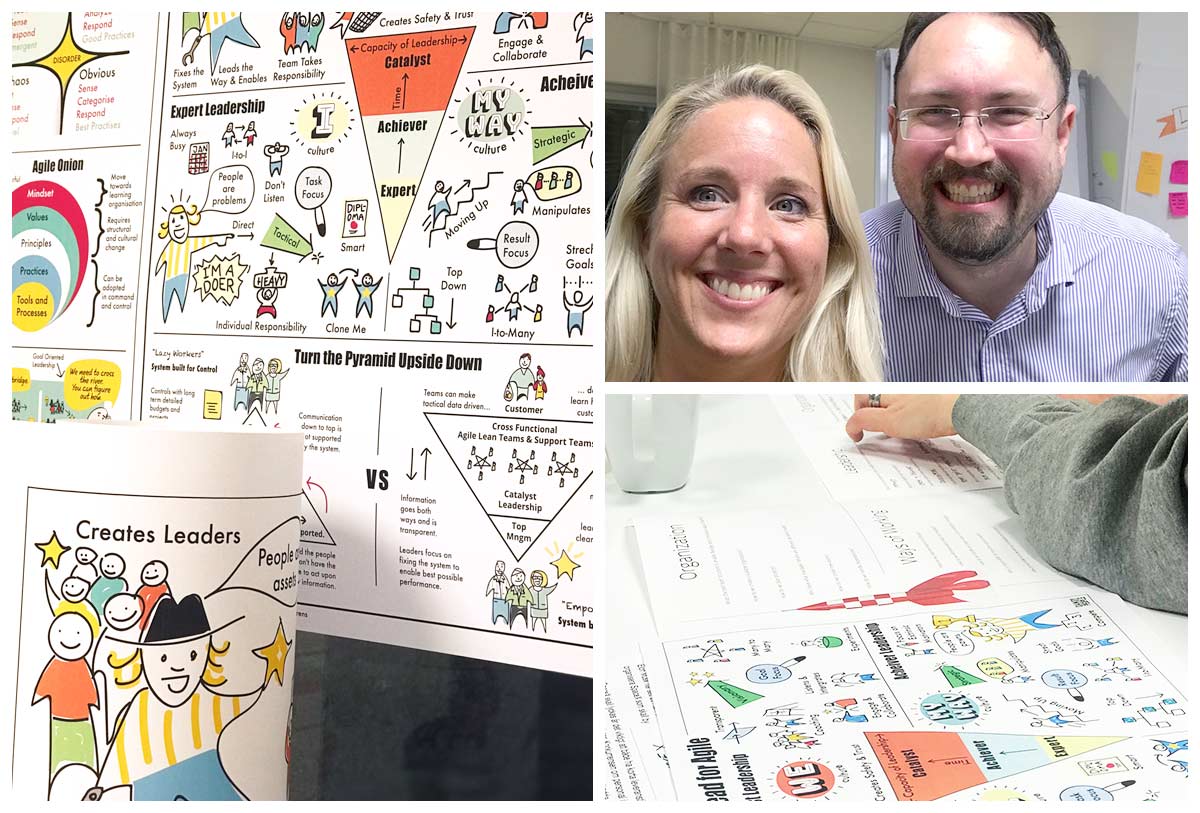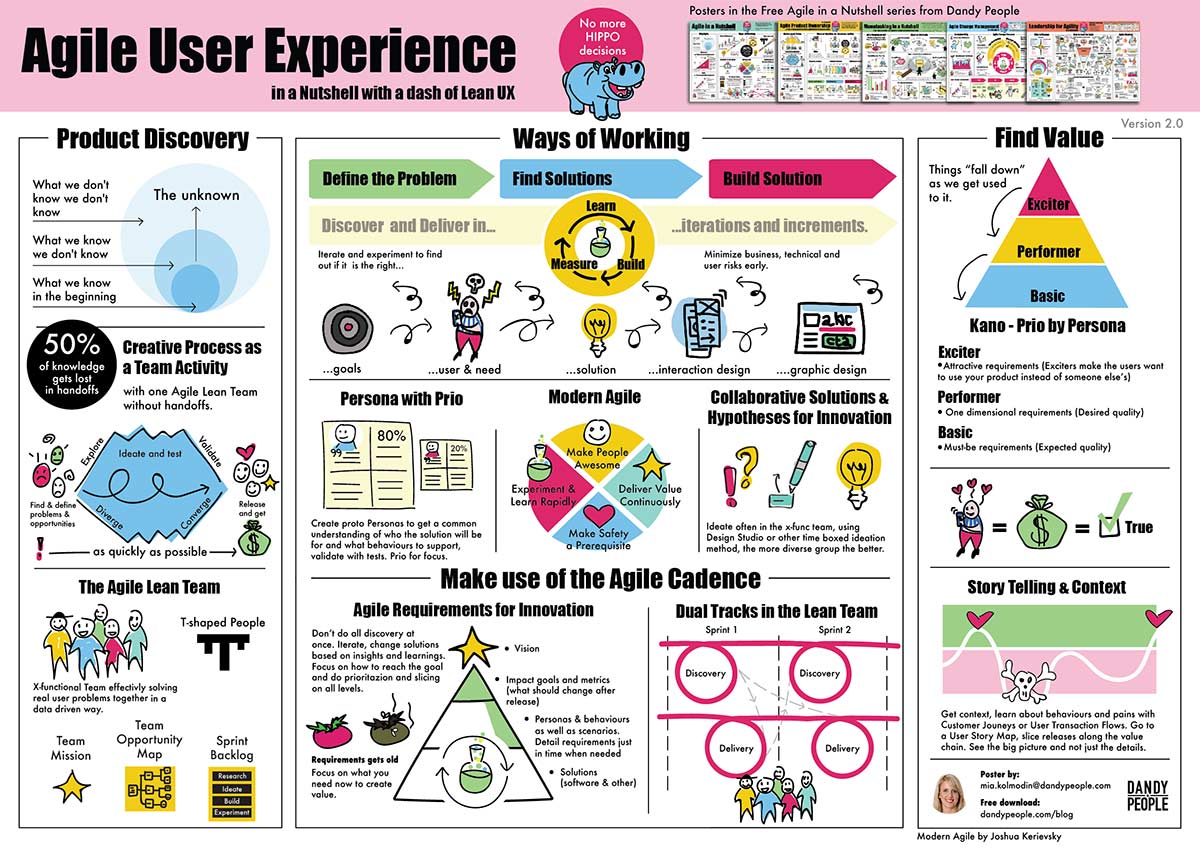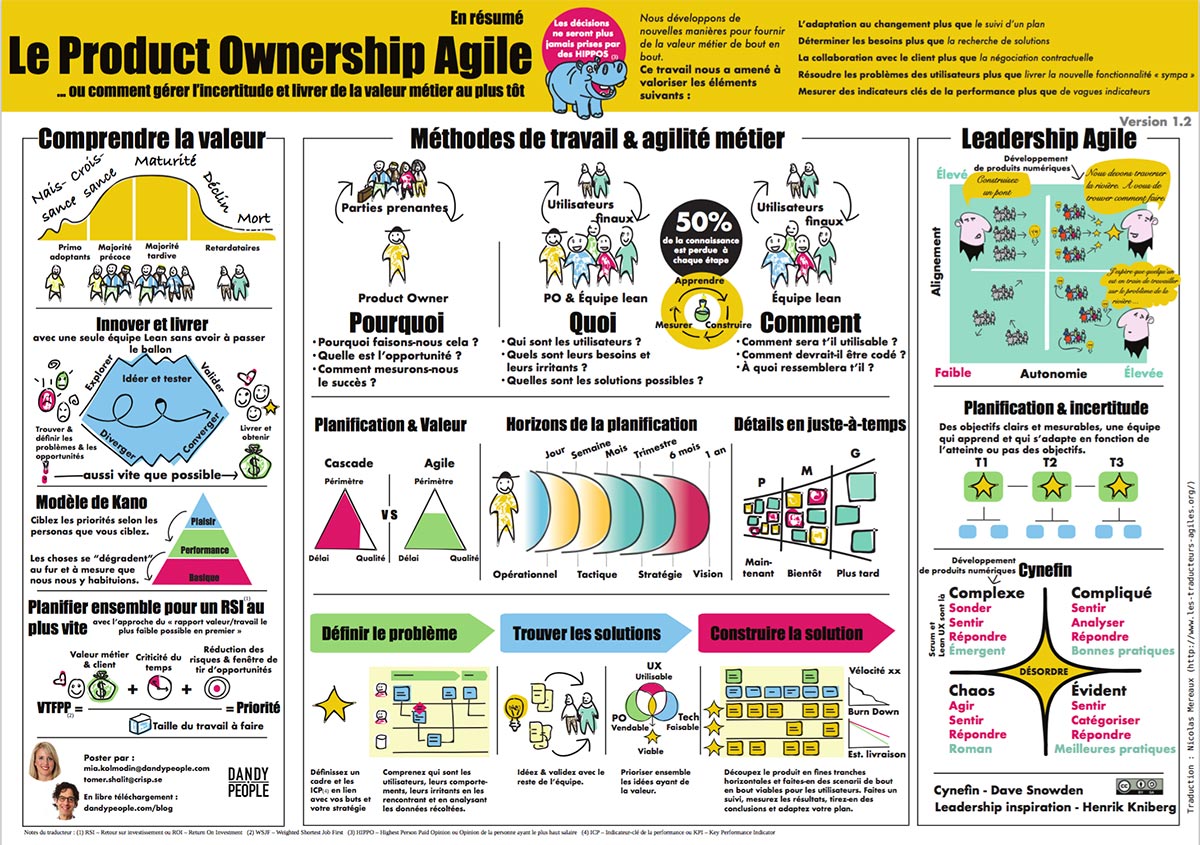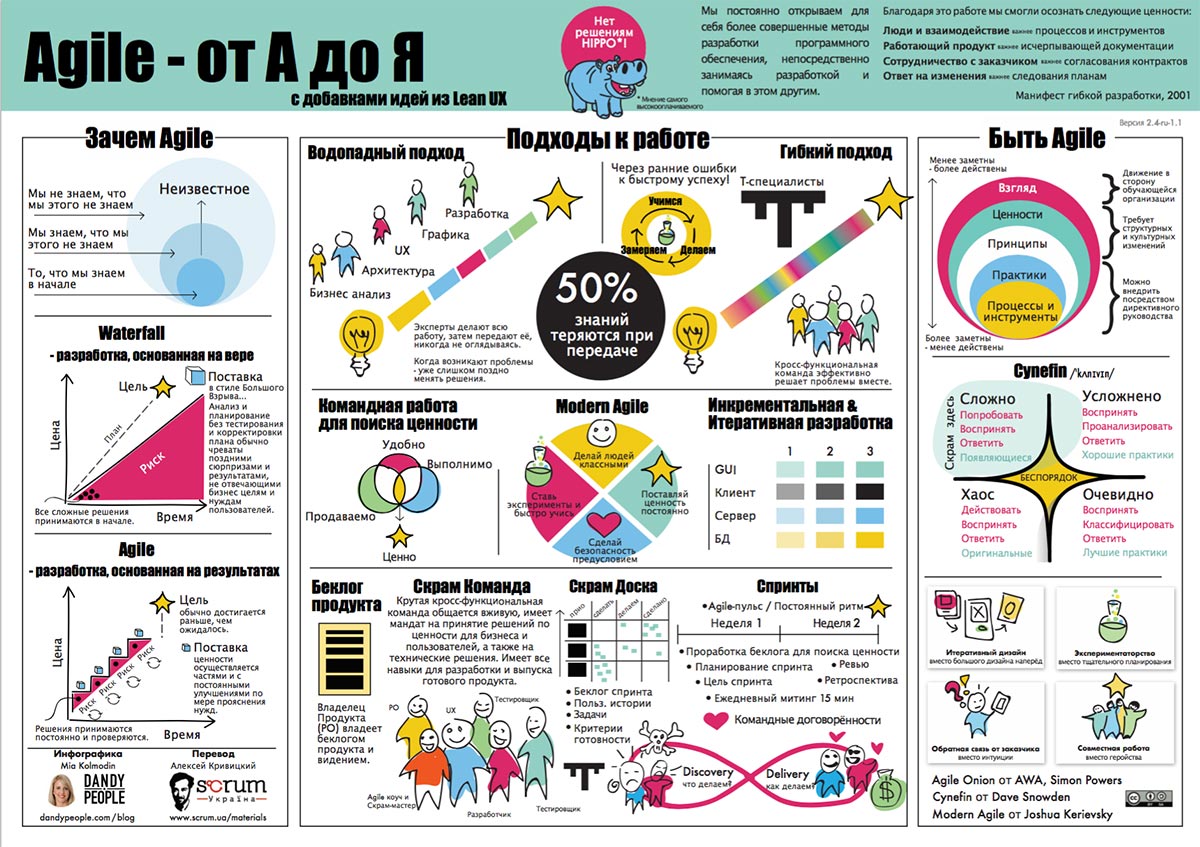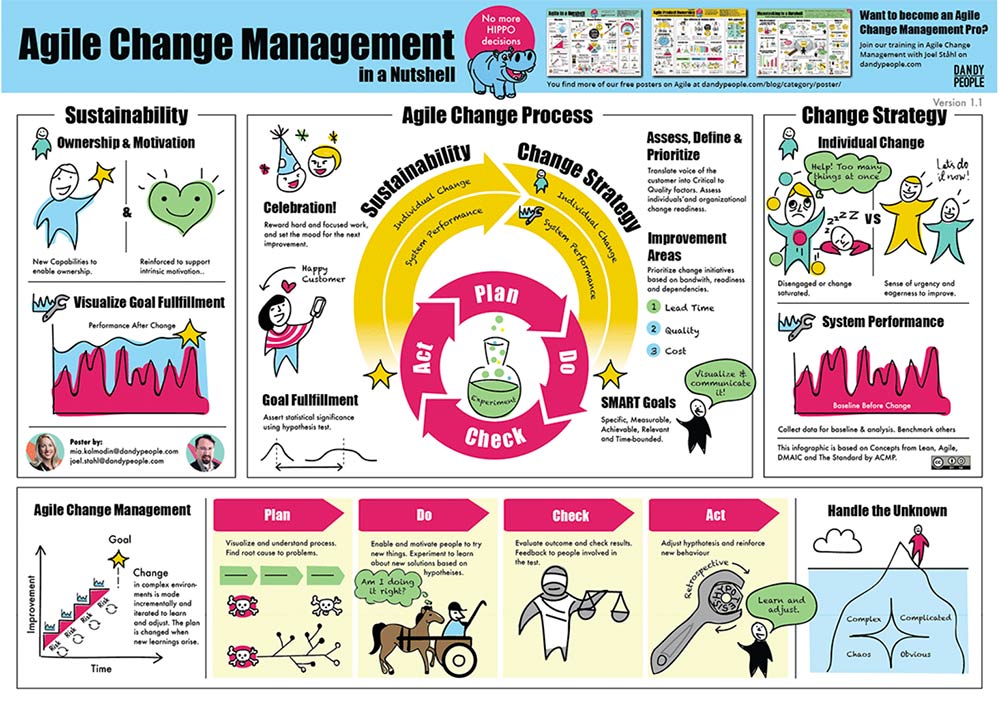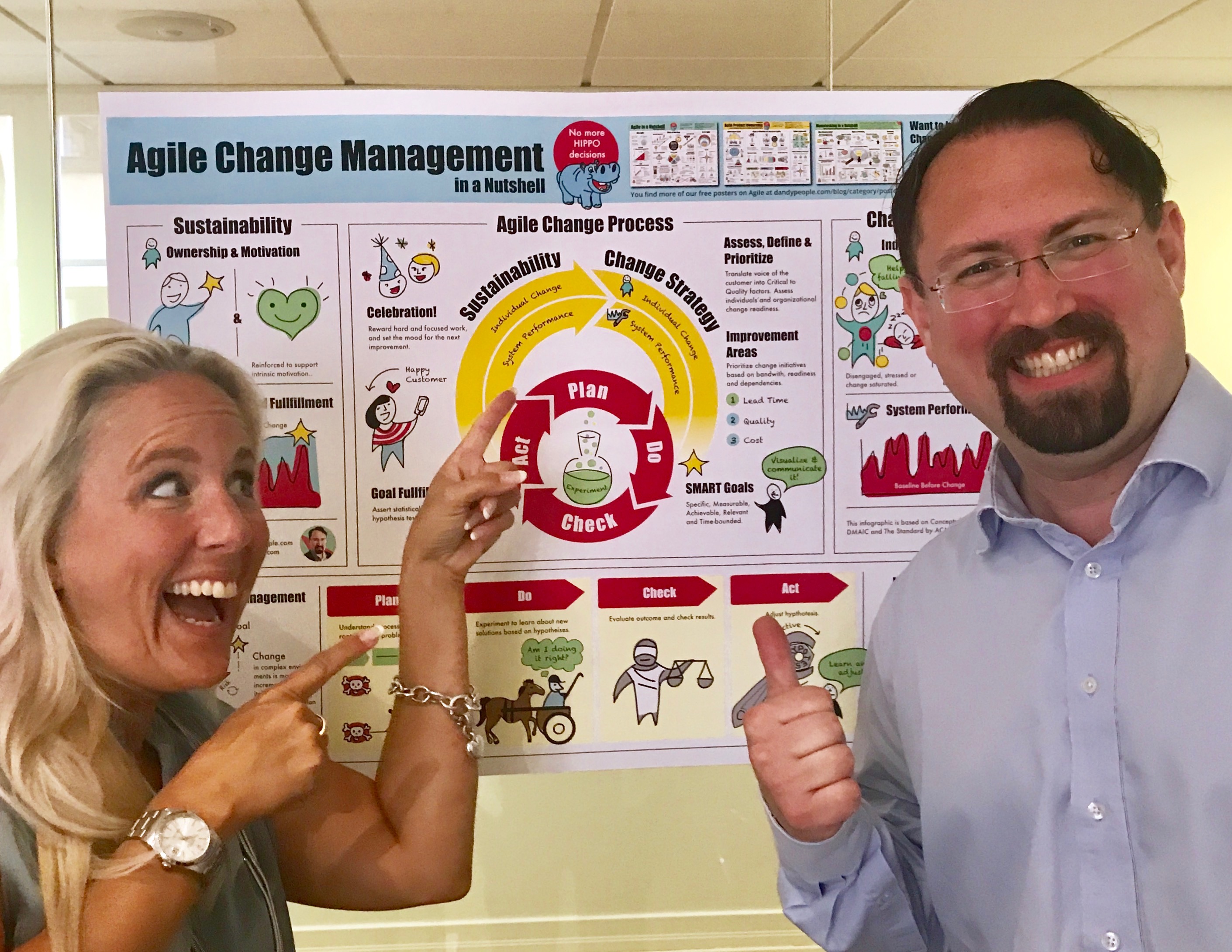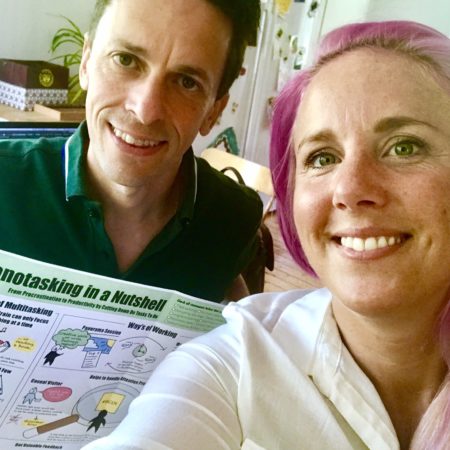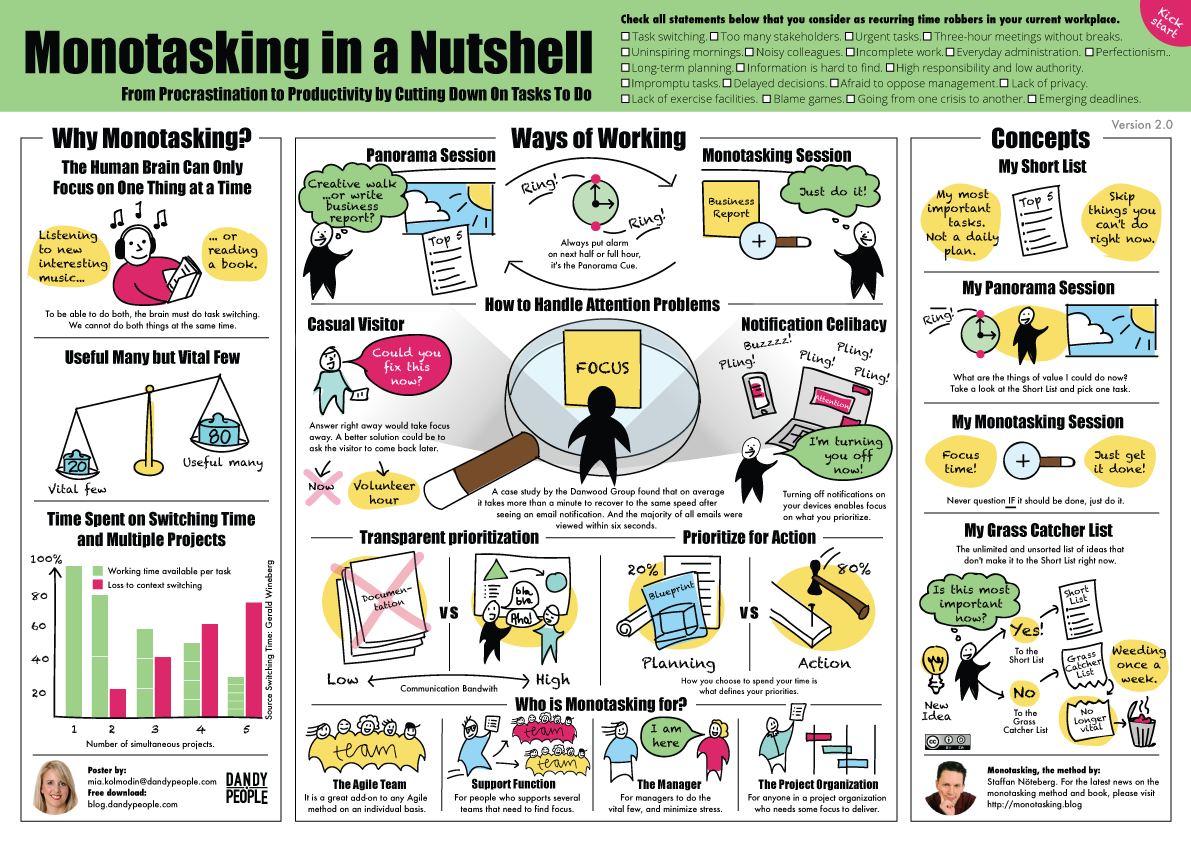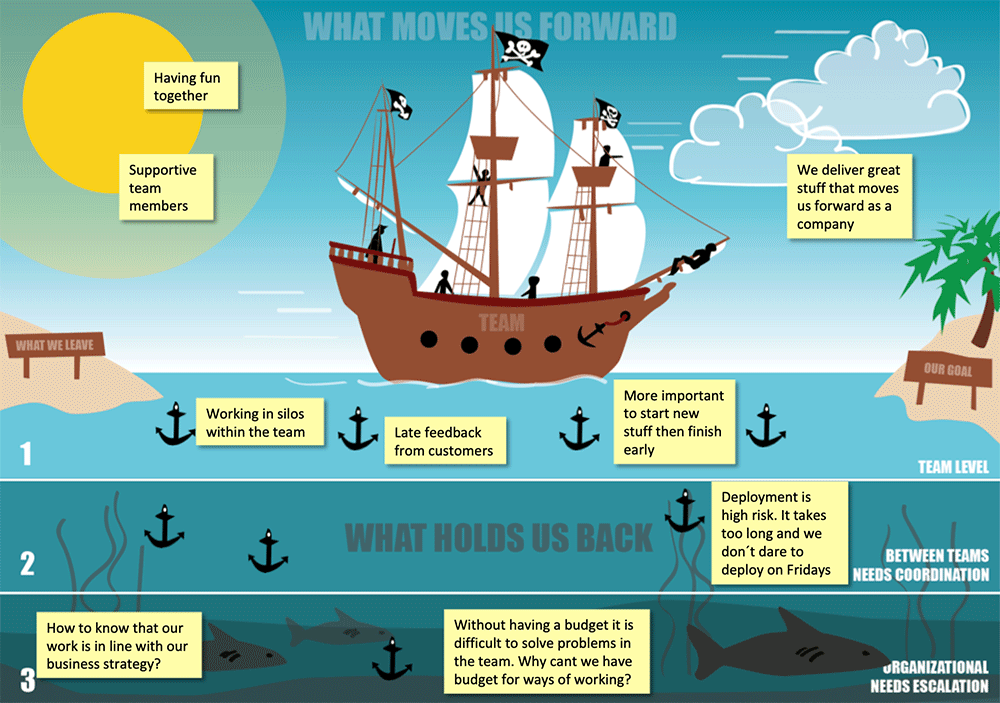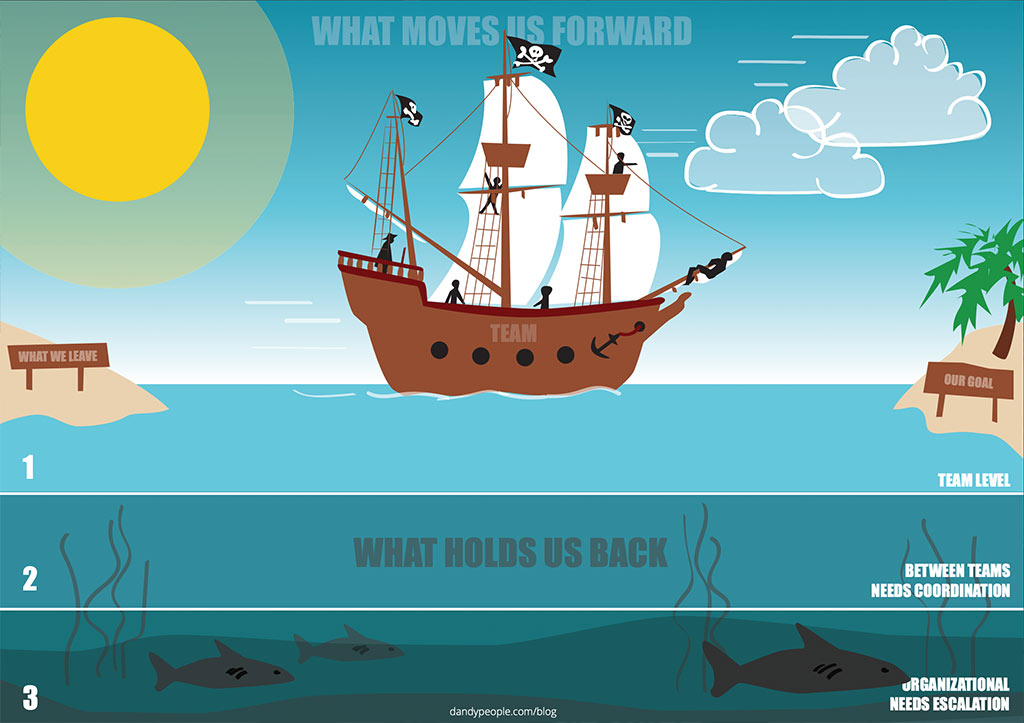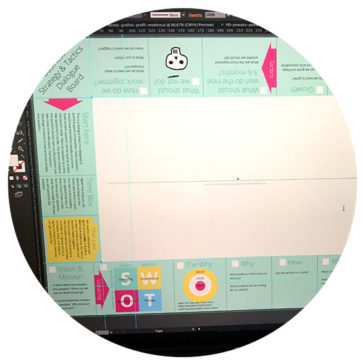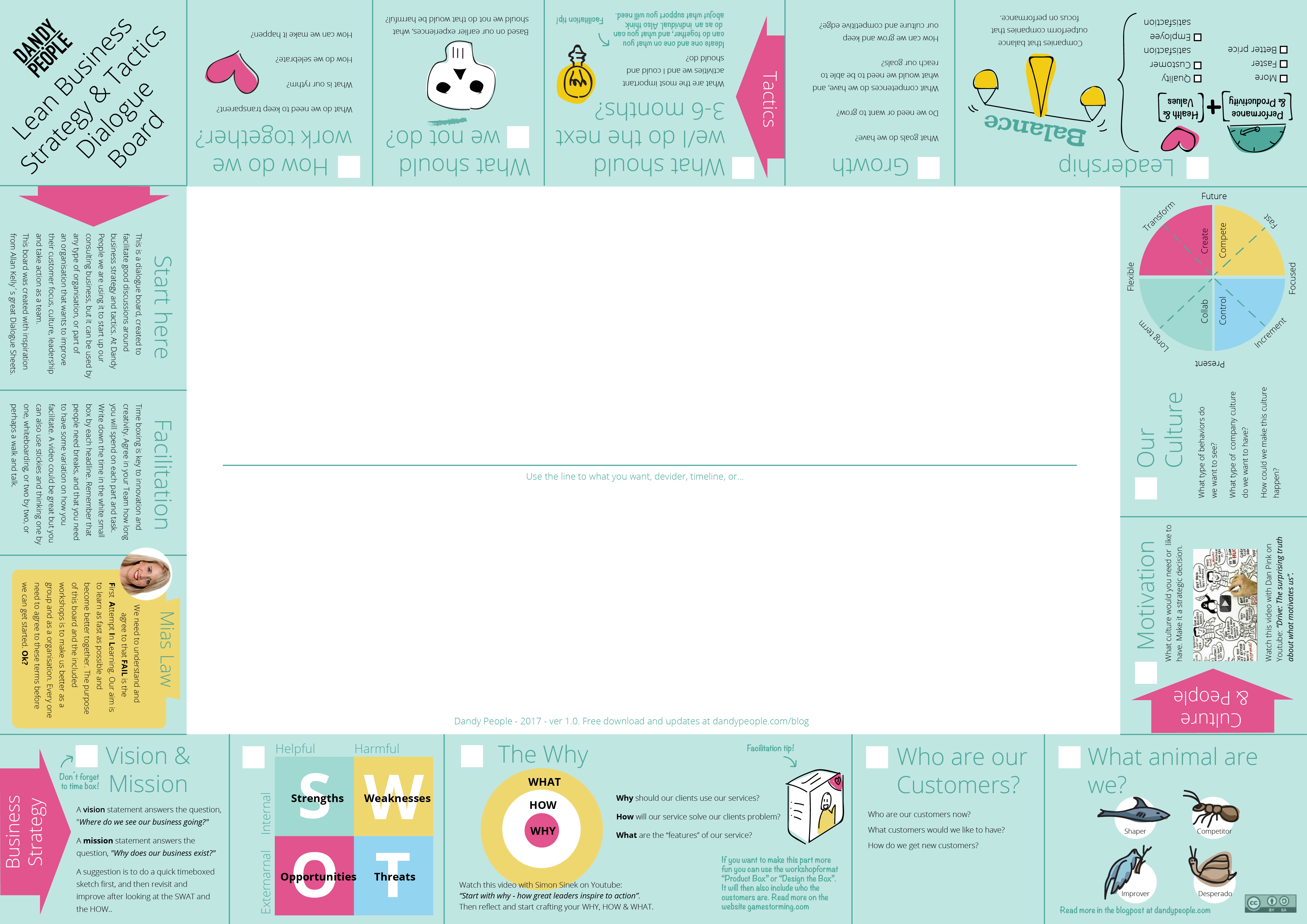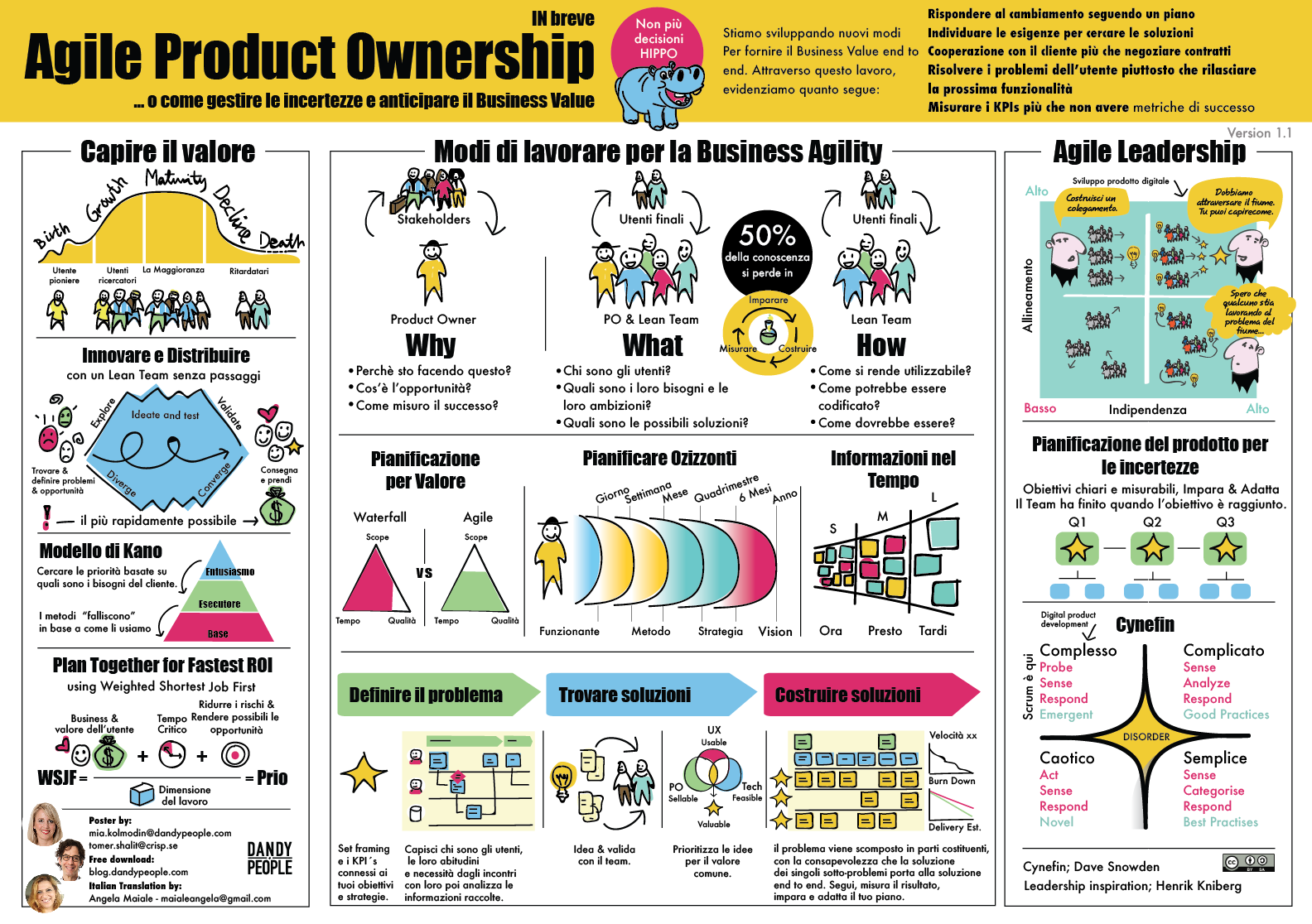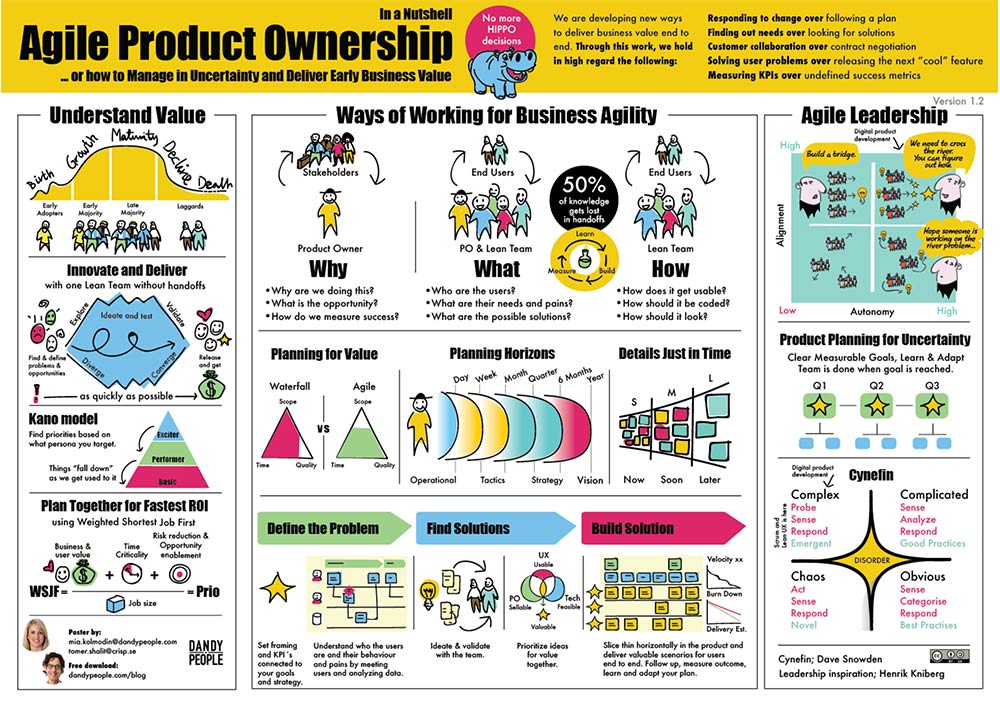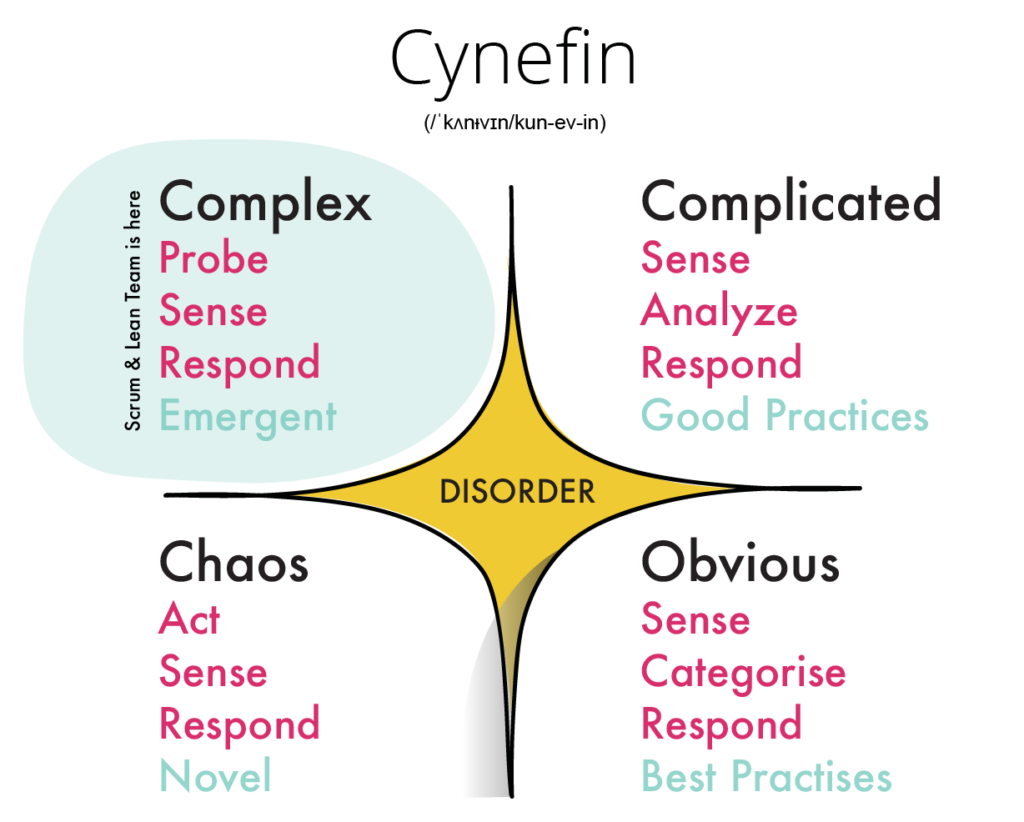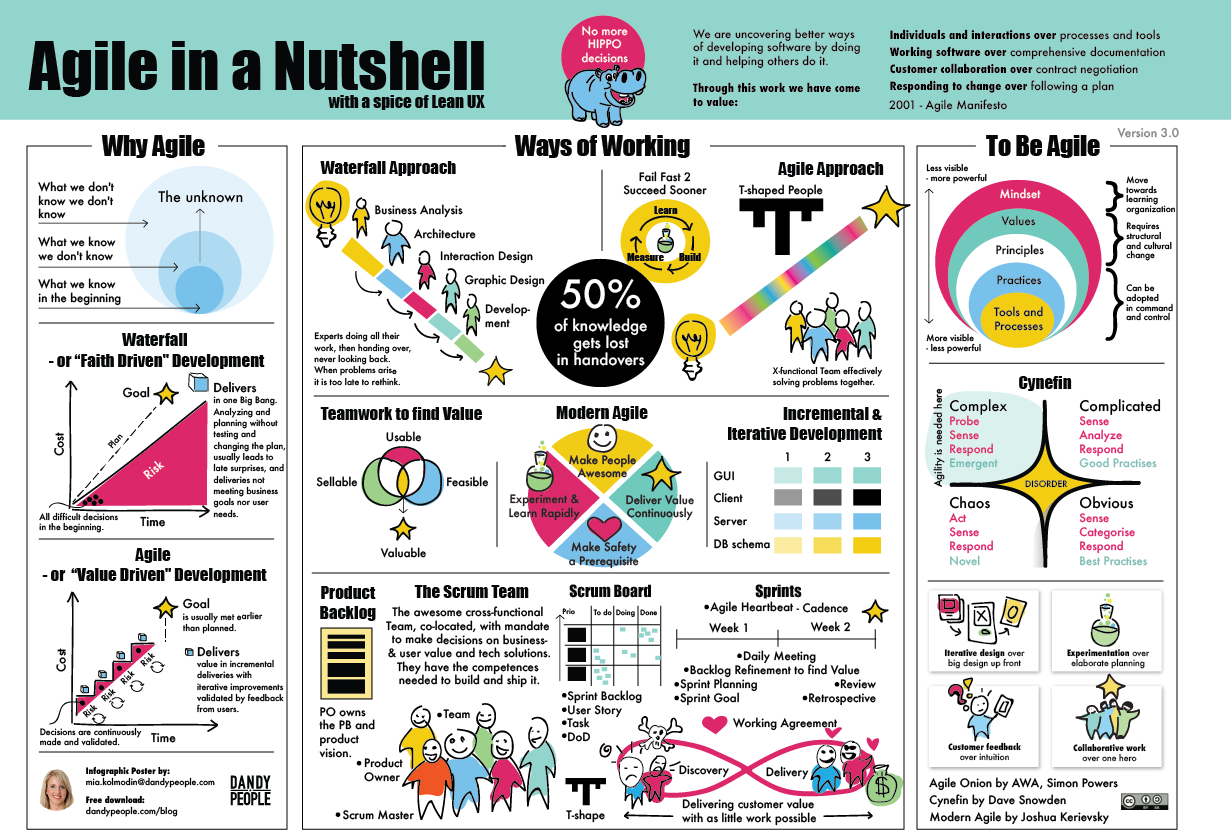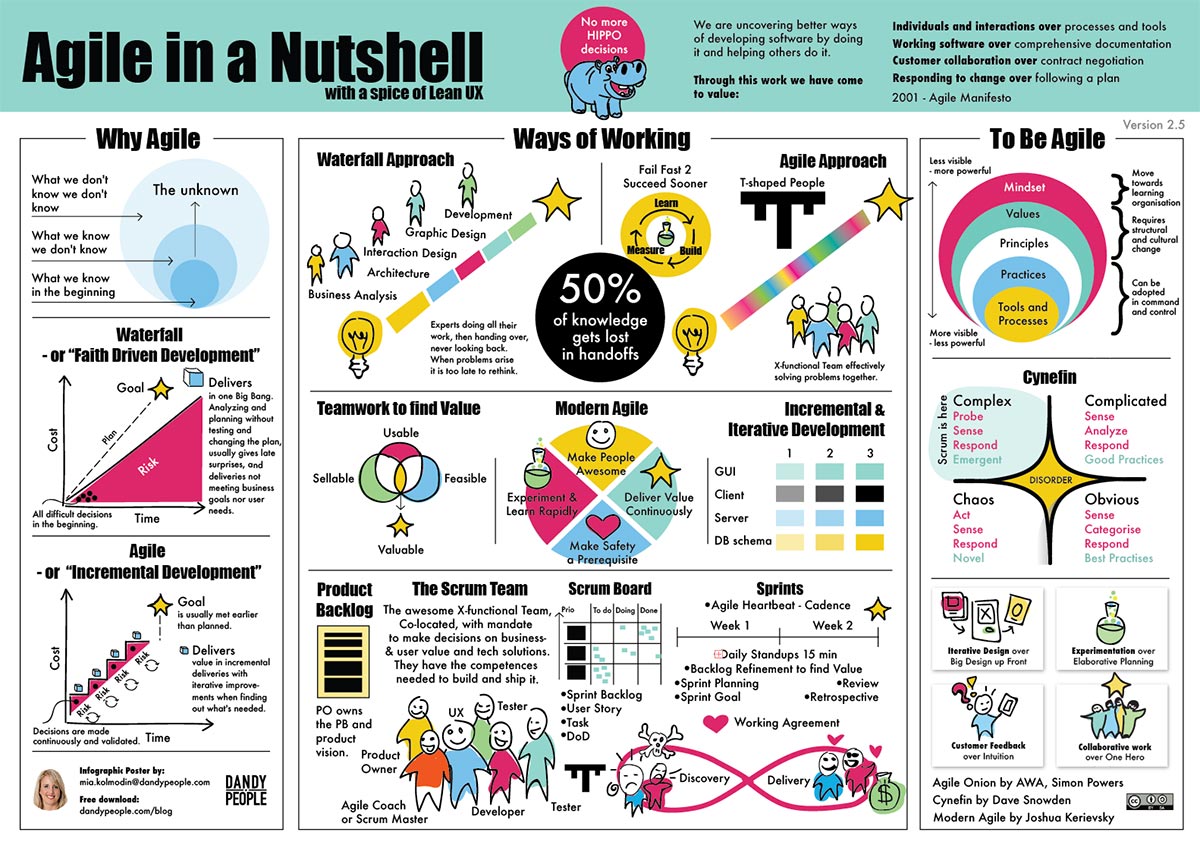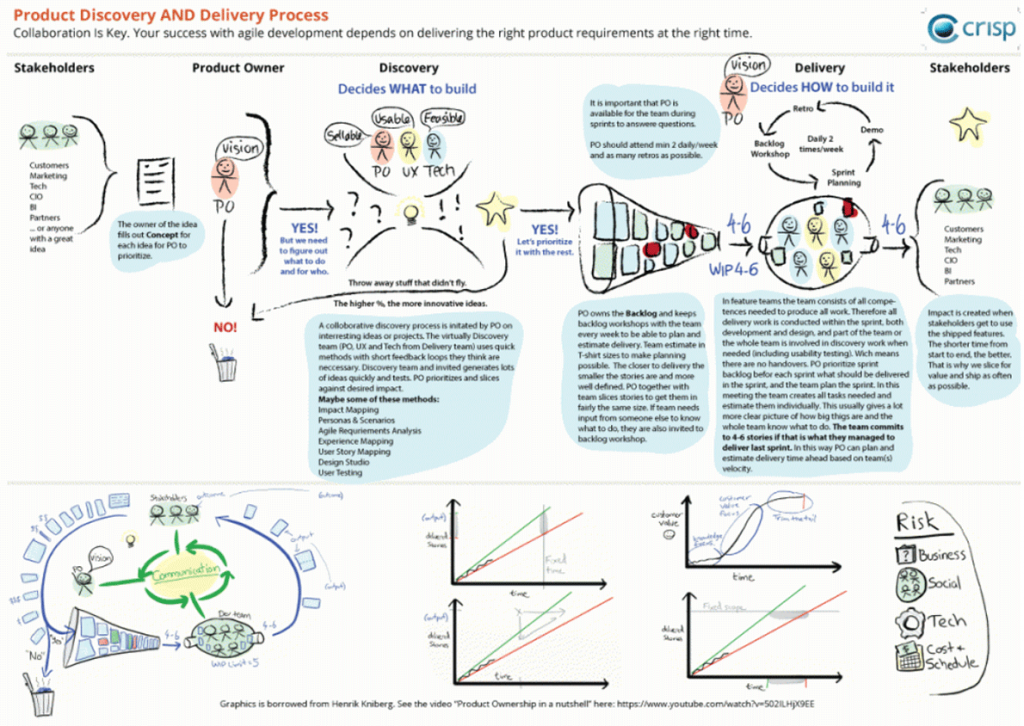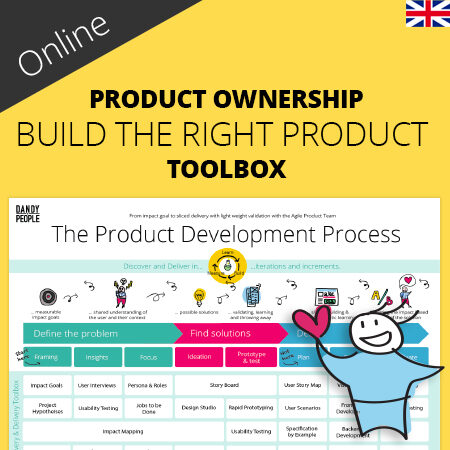 I receive a lot of questions about where to find the Agile in a Nutshell poster, and I know it’s tricky to find things here on the blog. So in this poster I have collected all of Dandys Agile Infographic Posters to make it easier to find them over time. I will continue to add new ones in this collection page, so bookmark it if you want to come back and update your collection. All updates on languages and new updated versions of each poster will be updated on the specific original page for that poster, linked to from this page. Please let me know if you are interested in translating any of the posters to a new language 🙂
I receive a lot of questions about where to find the Agile in a Nutshell poster, and I know it’s tricky to find things here on the blog. So in this poster I have collected all of Dandys Agile Infographic Posters to make it easier to find them over time. I will continue to add new ones in this collection page, so bookmark it if you want to come back and update your collection. All updates on languages and new updated versions of each poster will be updated on the specific original page for that poster, linked to from this page. Please let me know if you are interested in translating any of the posters to a new language 🙂
Currently published posters in the Dandy “in a nutshell” series:
– Agile Coaching in a Nutshell
– Agile HR in a Nutshell
– The Customer Journey Product Organization
– Agile Leadership in a Nutshell
– Agile User Experience – with a dash of Lean UX
– Product Ownership in a Nutshell
– Agile Change Management in a Nutshell
– Monotasking in a Nutshell
– Get seated for Agile
– Agile in a Nutshell
Since I published the first Agile in a Nutshell poster about in September 2017 it has been downloaded about 40.000 times and translated to several languages by Agile people around the world, and together all the posters have been downloaded over 70.000 times (jan 2019). I´m hugely appreciative of the support and help I have received in doing this, as well as all the positive feedback I have received. I´ts been so much fun 🙂 I have also found new friends in all this, not only in those great people translating the posters but also in the creation of the posters, some where created with friend and some with new friends. The Monotasking in a Nutshell poster was created together with the author of the book “Monotasking”, Staffan Nöteberg. The Agile Product Ownership in a Nutshell poster was created togehter with Tomer Shalit who is a member of Crisp as a basis for the training we where planning on setting up. The Agile Change Management in a Nutshell poster was created together with Joel Ståhl. I could not have created any of these poster without their knowledge and collaboration. The Agile HR poster was created together with Riina Hellström and Natal dank from the Agile HR community.
This poster cover the combination of the people perspective and the business perspective and how new perspectives and ways of working can enable business agility. Only once these two perspectives are in sync we can truly empower people and build learning organizations that not just handle complexity better – but even uses it as a business advantage. Published March, 2019. Please contact us if you are interested in doing a translation, or if you have any feedback. For free high resolution download just follow the link to the page for the poster. This poster is available in English and Portuguese.
This poster visualizes what we as Agile Coaches do and what competences we have. The purpose of this poster is to create a common understanding of this new role(s) and function for the rest of the organization – but also a way for us as Agile Coaches to use for growing our competences in a strategic way and building cross functional Agile Coaching teams. Published February 3, 2019. Please contact us if you are interested in doing a translation, or if you have any feedback. For free high resolution download just follow the link to the page for the poster. This poster is available in English, Turkish, Russian and Portuguese.

This poster visualizes what Agile means for HR, both how HR can benefit from Agile and how HR can support Agile transformations. Published January 15th, 2019. Please contact us if you´re interested in doing a translation, or if you have any feedback. For free high resolution download just follow the link to the page for the poster. This poster is now available in English, Portuguese, Spanish, Turkish and Swedish.

We have captured the over all visualization of how the organization can work hoping to give you a goal picture and a common understanding. It’s available so far only in English, published in November, 2018. Please contact us if you´re interested in doing a translation, or if you have any feedback. For free high resolution download just follow the link to the page for the poster.
Here you find the Customer Journey Product Organization in a Nutshell poster for free download (PDF) >
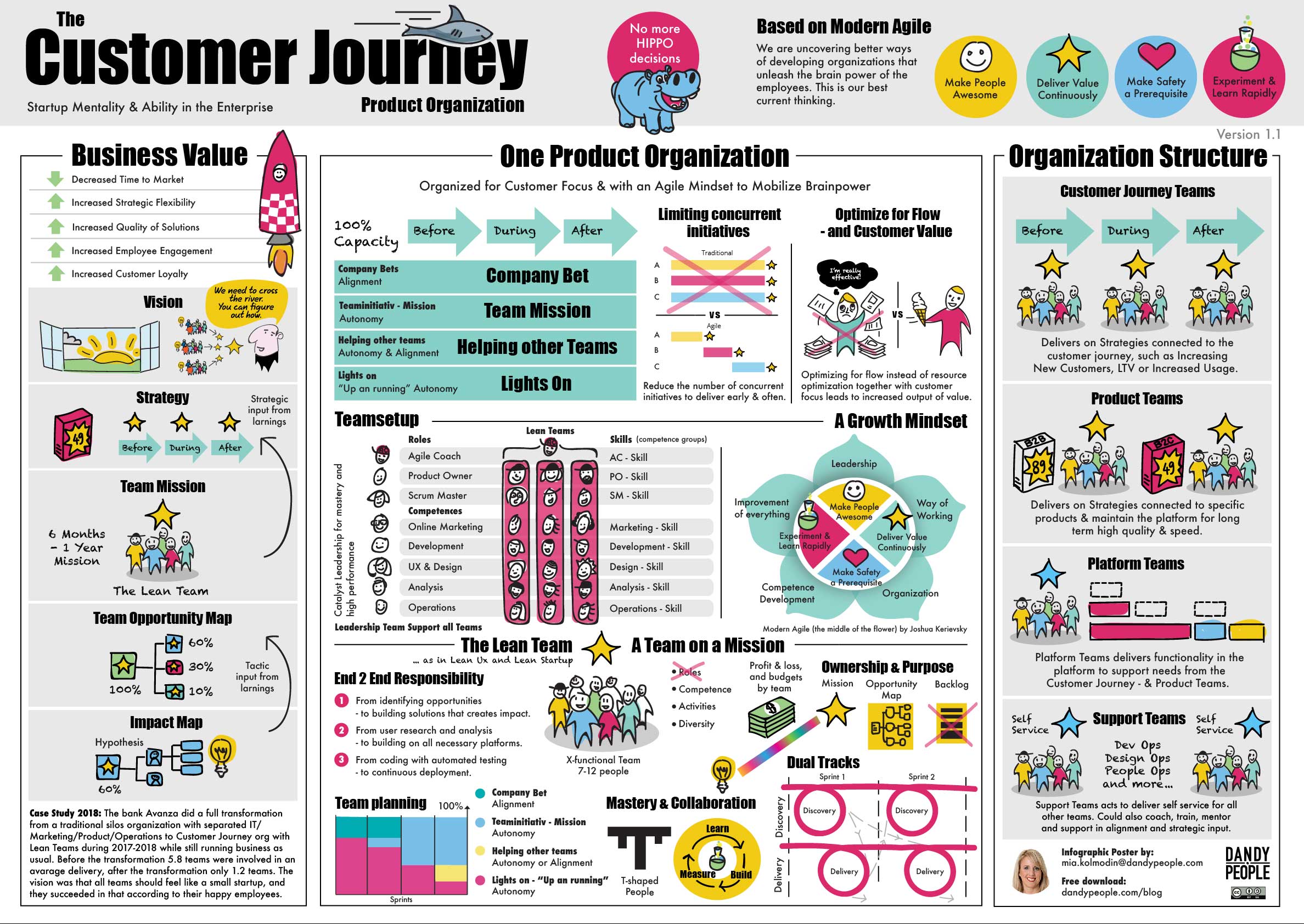
The poster is made to visualize anti patterns in seating to help uncover what need to be done to move in to a seating optimized for team work helping teams solve complex problems and feeling safe.
It´s available so far only in English, published June, 2018. Please contact us if you´re interested in doing a translation, or if you have any feedback. For free high resolution download just follow the link to the page for the poster.
Here you find the Get Seated for Agile Poster for Free Download >

It´s available in English, Portuguese and French, published Jan 14, 2018. Please contact us if you´re interested in doing a translation, or if you have any feedback. For free high resolution download just follow the link to the page for the poster.
Here you find the Agile User Experience in a Nutshell Poster for Free Download >
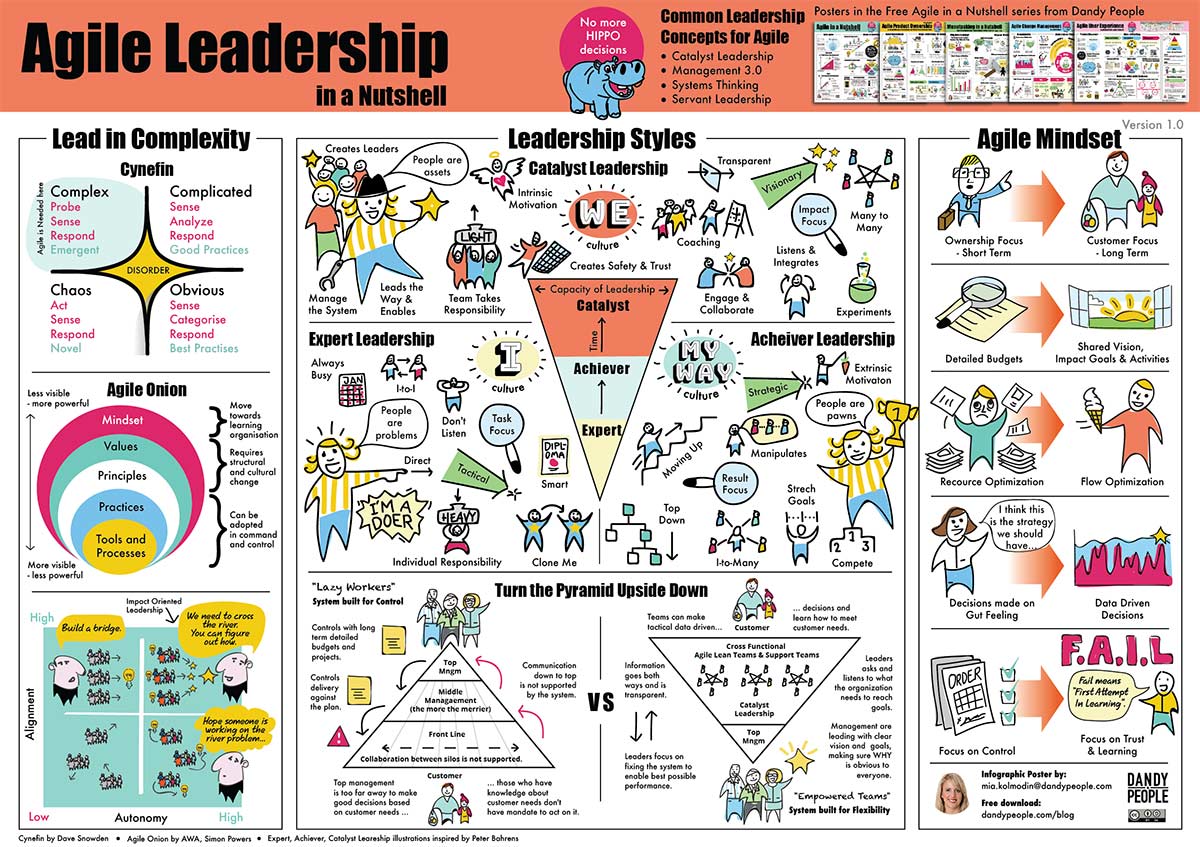
It´s available so far in English and Portuguese, published Jan 8, 2018. Please contact us if you´re interested in doing a translation, or if you have any feedback. For free high resolution download just follow the link to the page for the poster.
Here you find the Agile User Experience in a Nutshell Poster for Free Download >

It’s available in English, Italian, Spanish, Portuguese and French. For free high resolution download just follow the link to the page for the poster.
Here you find all Agile Product Ownership in a Nutshell Posters for Free Download >

It’s available in English and Portuguese. For free high resolution download just follow the link to the page for the poster.
Here you find all Agile Change Management Posters for Free Download >

It’s available in English, Portuguese and Chinese. For free high resolution download just follow the link to the page for the poster.
Here you find all Monotasking in a Nutshell Posters for Free Download >

It’s available in English, French, Italian, Spanish, Turkish, German, Arabic, Portuguese and Russian. For free high resolution download just follow the link to the page for the poster.
Here you find all Agile in a Nutshell Posters for Free Download >

Free to download, use and share
The posters is published under Creative Commons License, so please use it and share it as you like. If you are interested in doing a translation to any other languages please let me know and I will help you with the file and publish it here in the blog as well.
You are free to:
Share — copy and redistribute the material in any medium or format
Adapt — remix, transform, and build upon the material for any purpose, even commercially.
This license is acceptable for Free Cultural Works.
The licensor cannot revoke these freedoms as long as you follow the license terms.
Under the following terms:
Attribution — You must give appropriate credit, provide a link to the license, and indicate if changes were made. You may do so in any reasonable manner, but not in any way that suggests the licensor endorses you or your use.
ShareAlike — If you remix, transform, or build upon the material, you must distribute your contributions under the same license as the original.
No additional restrictions — You may not apply legal terms or technological measures that legally restrict others from doing anything the license permits.
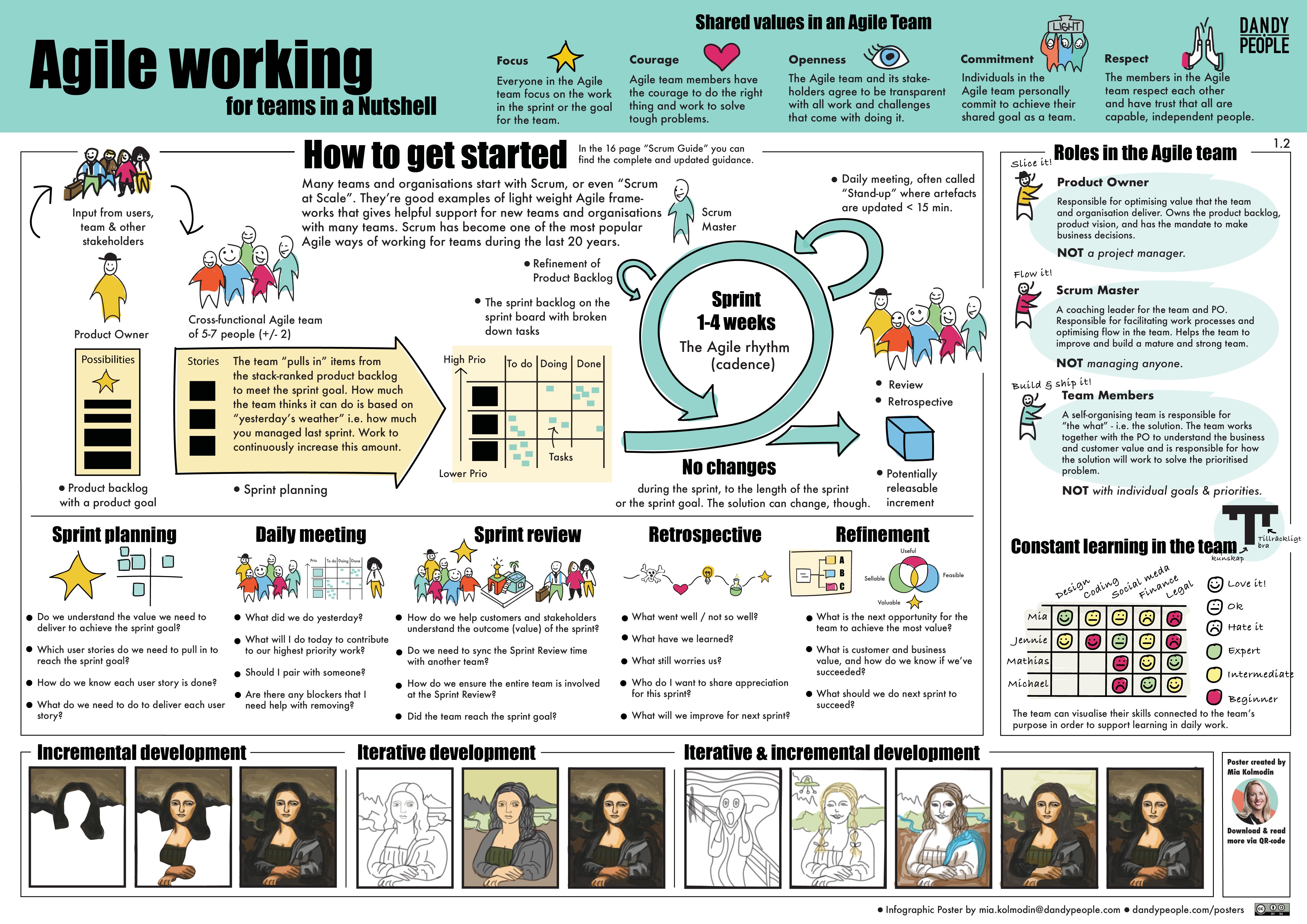

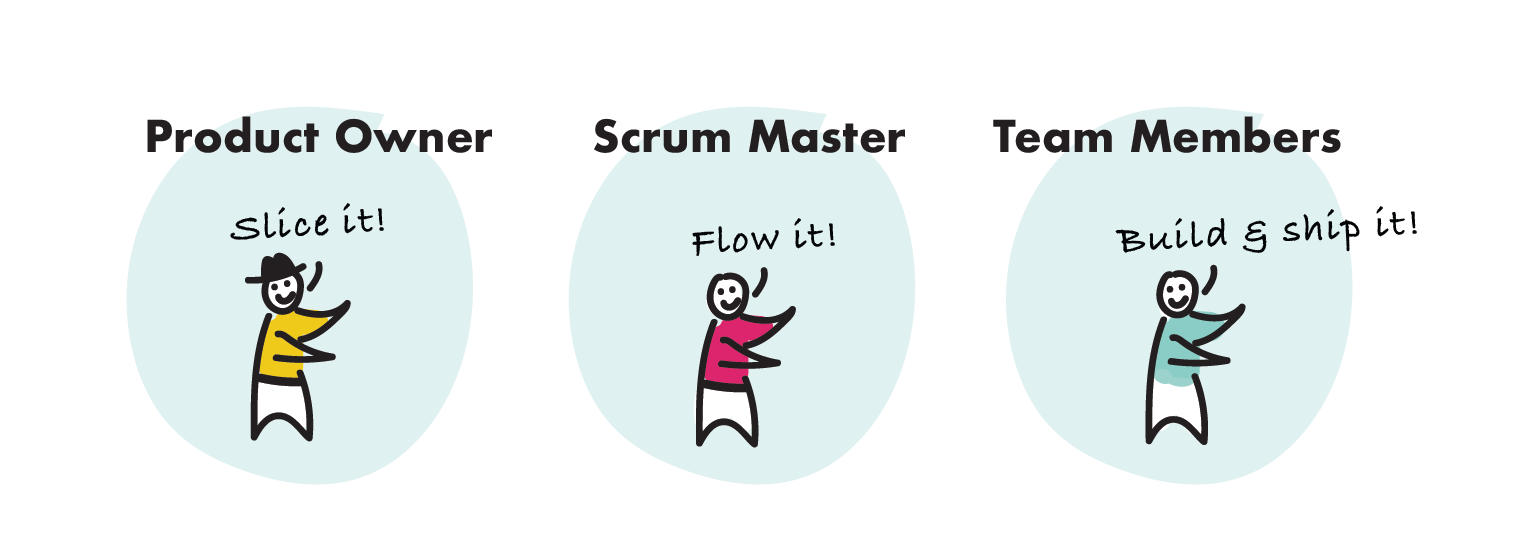
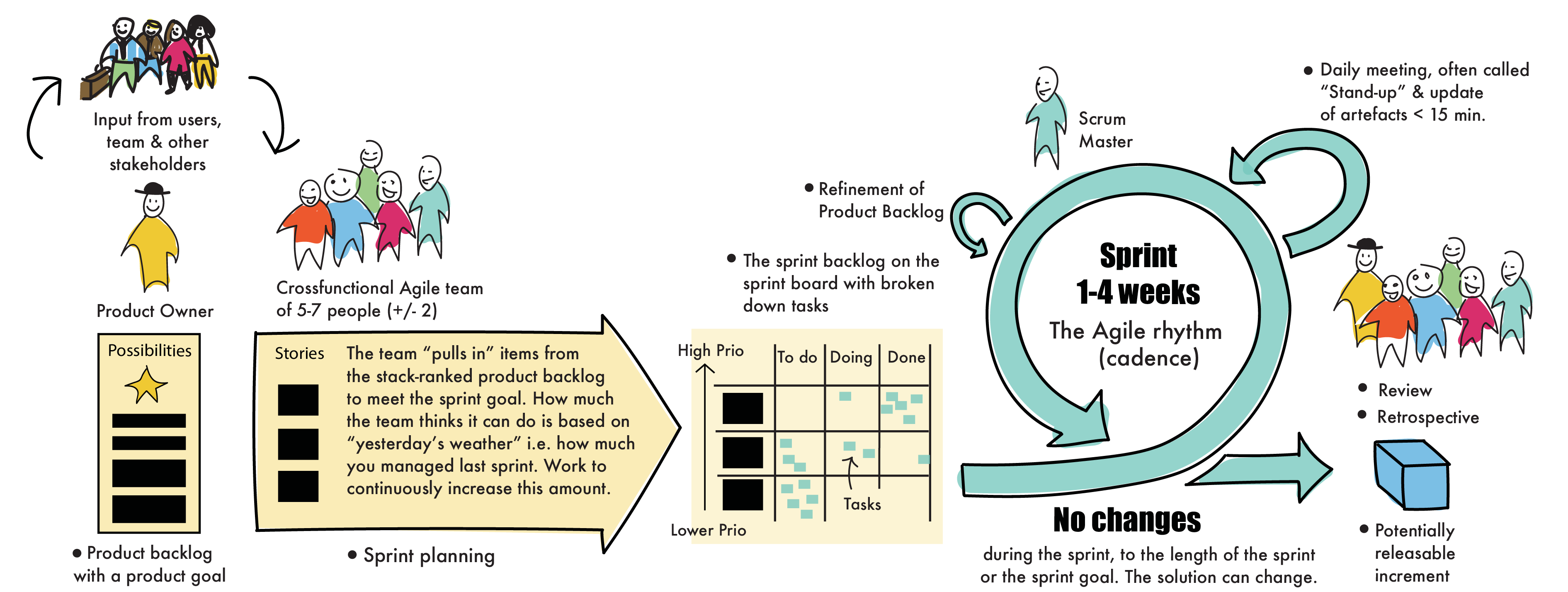
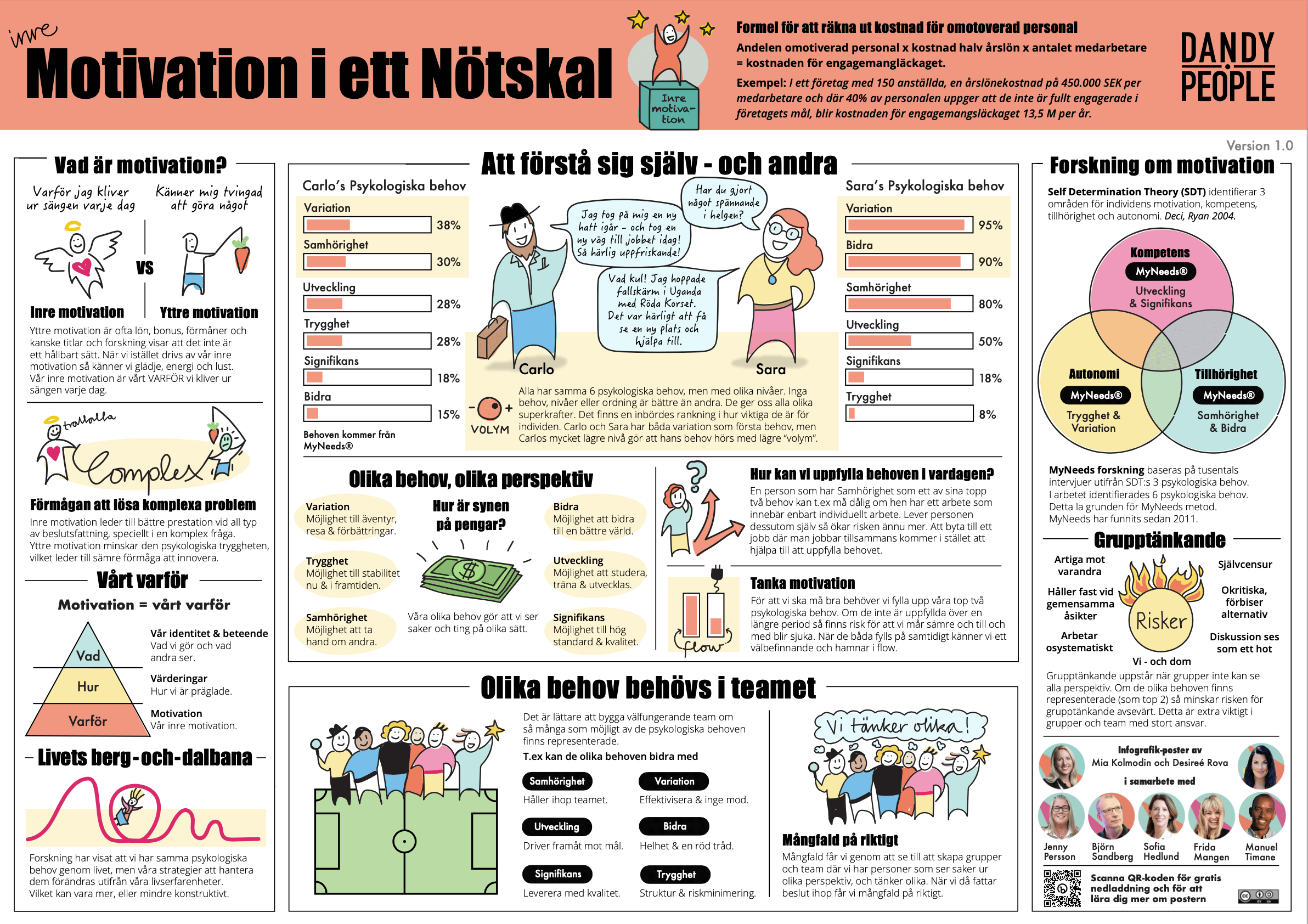
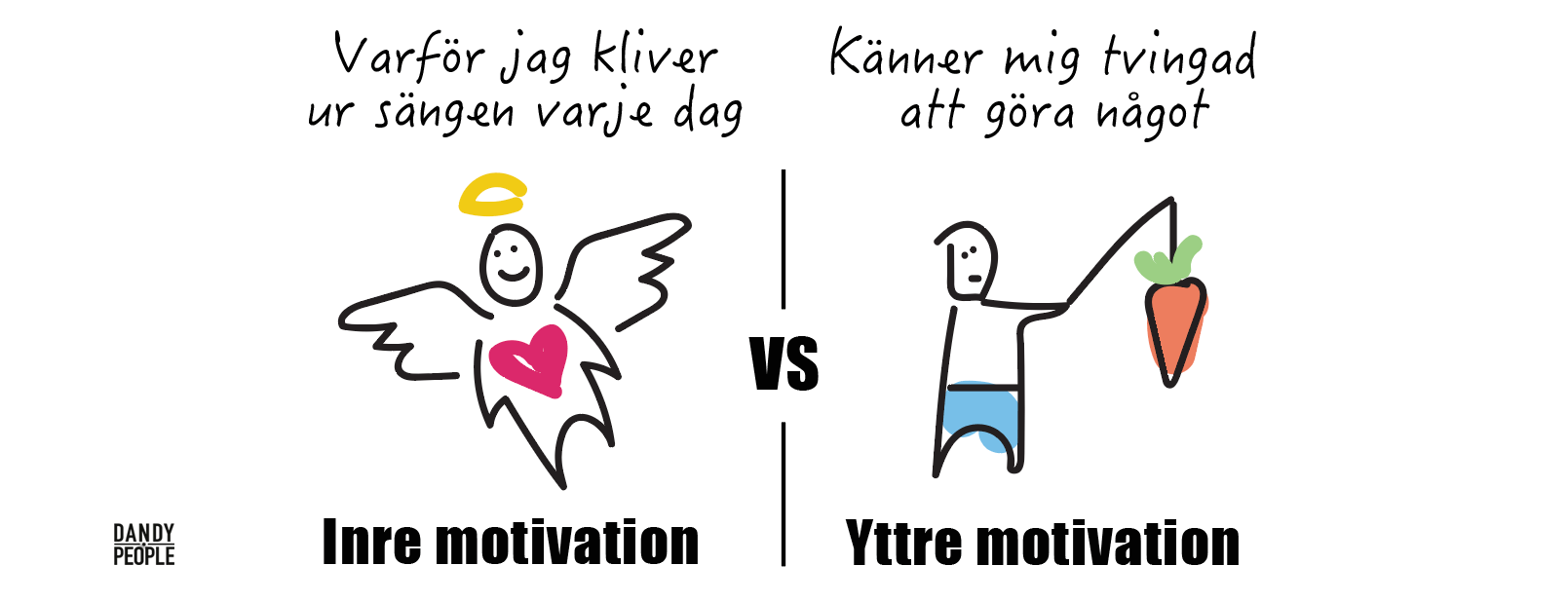
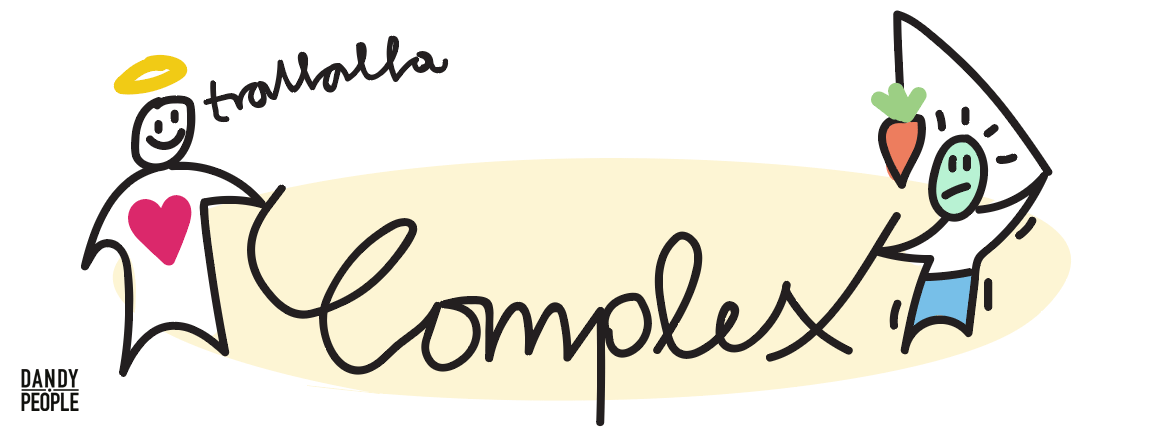
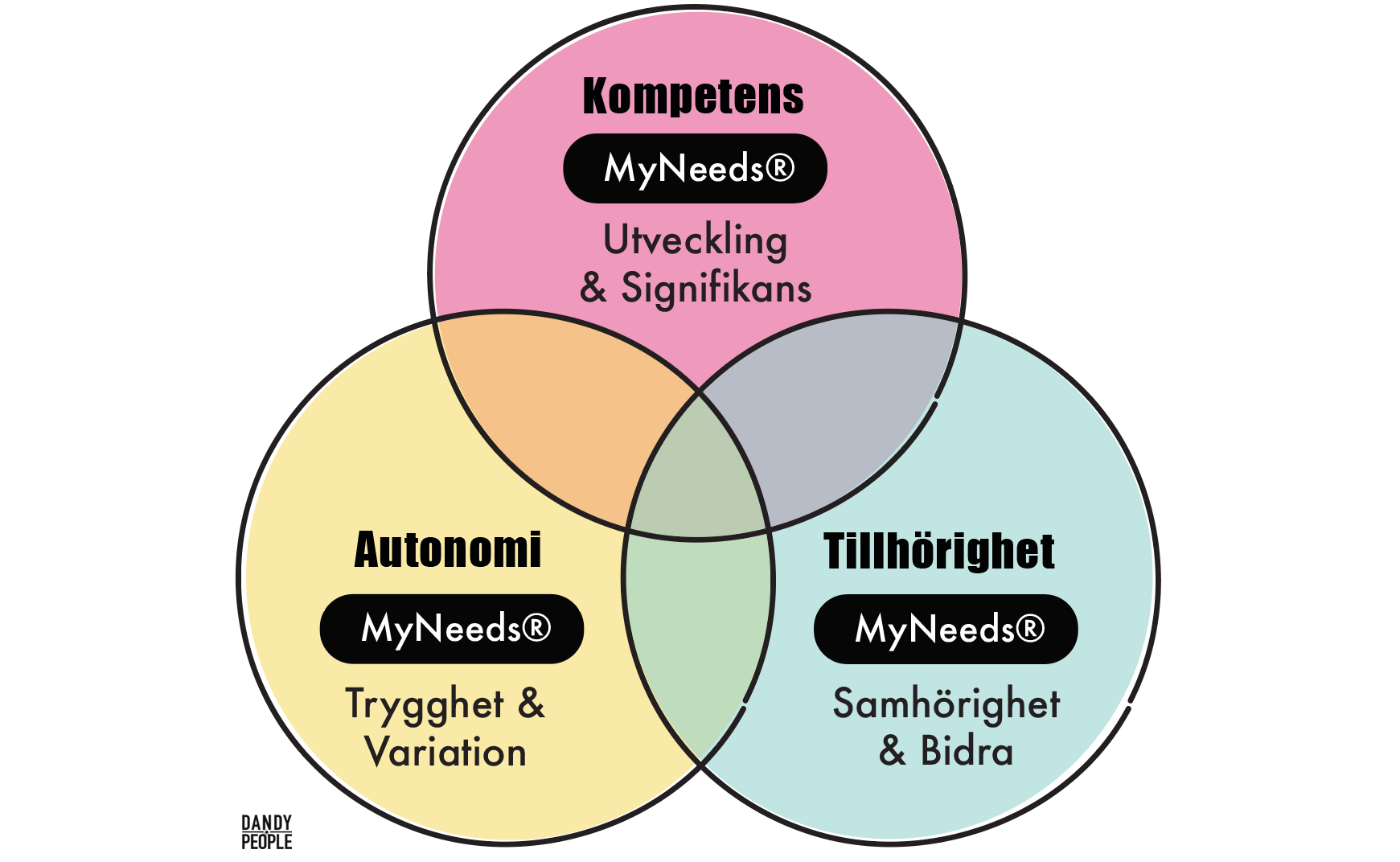
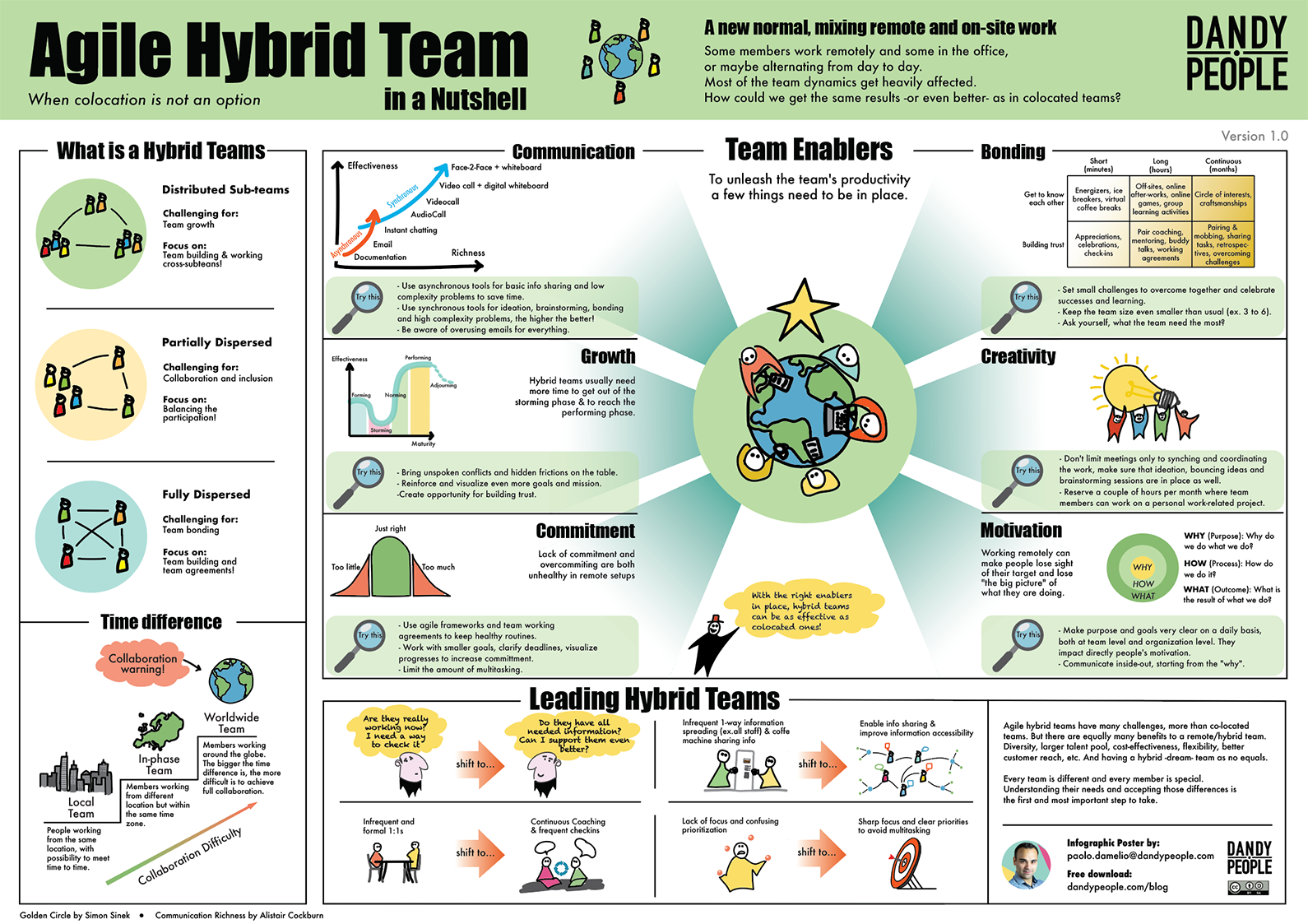
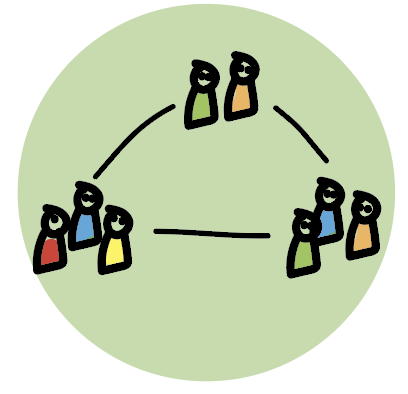
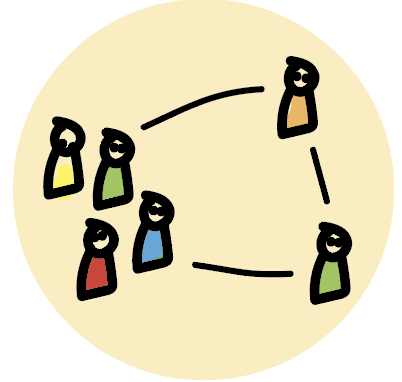
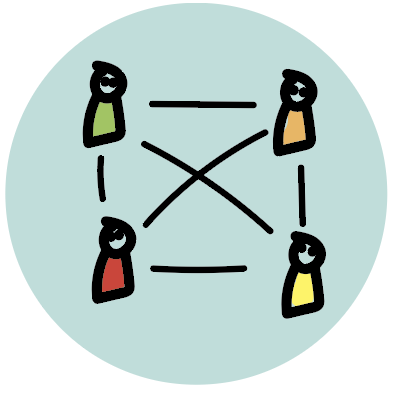



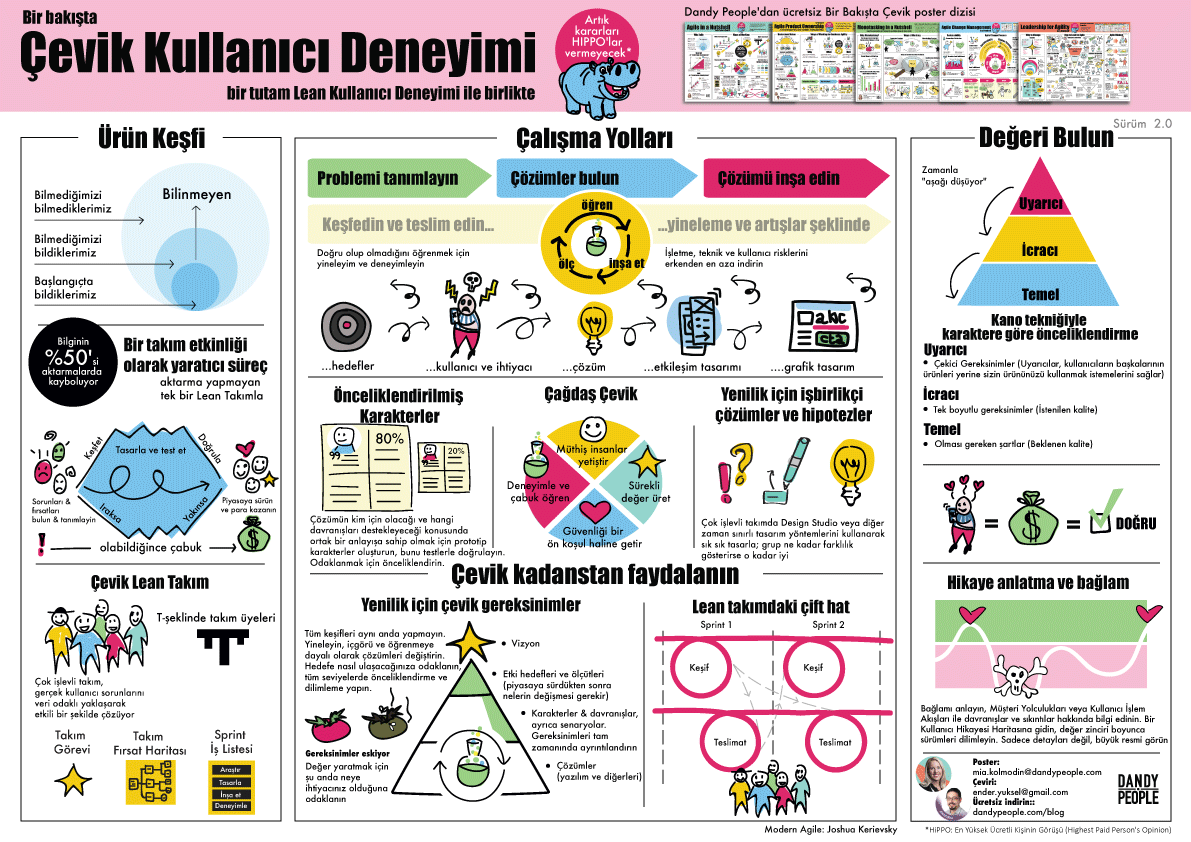
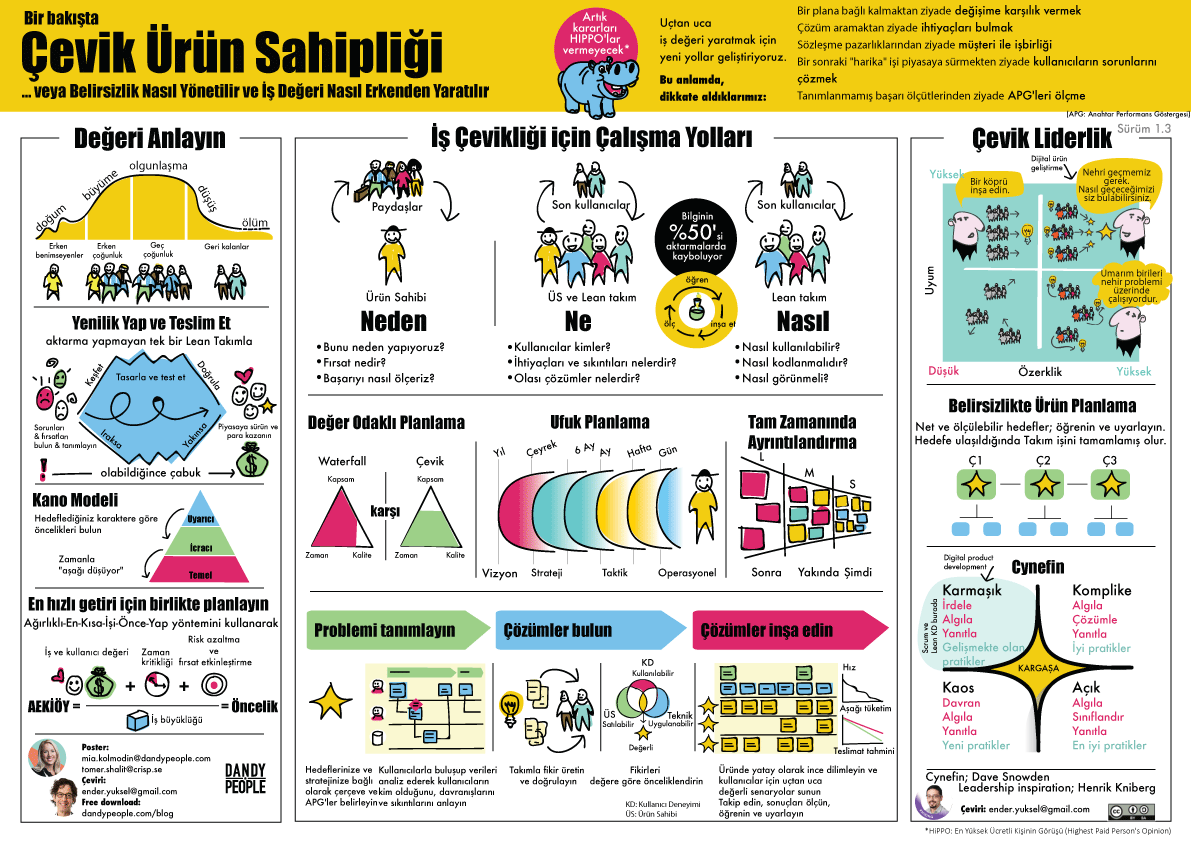


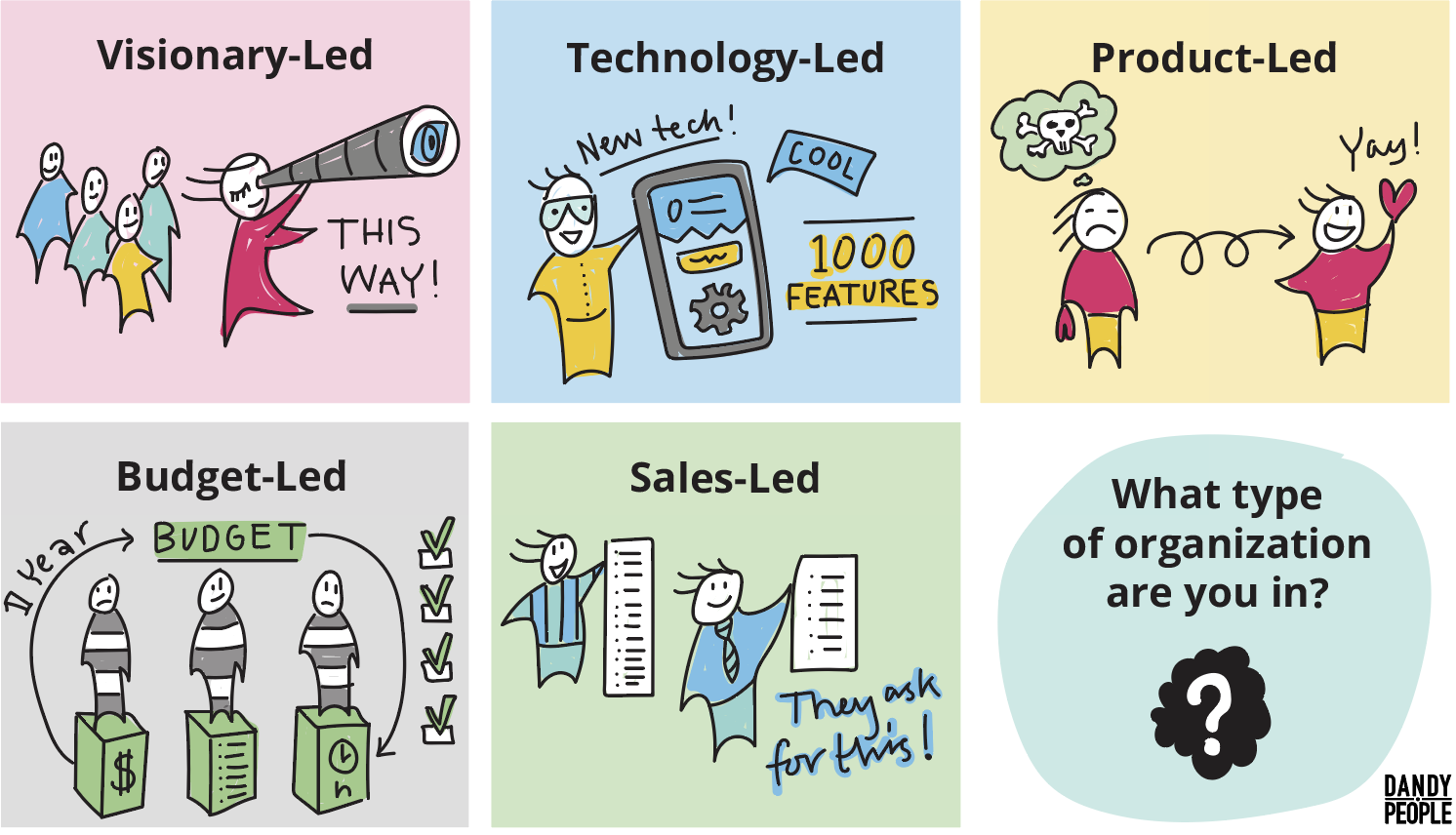
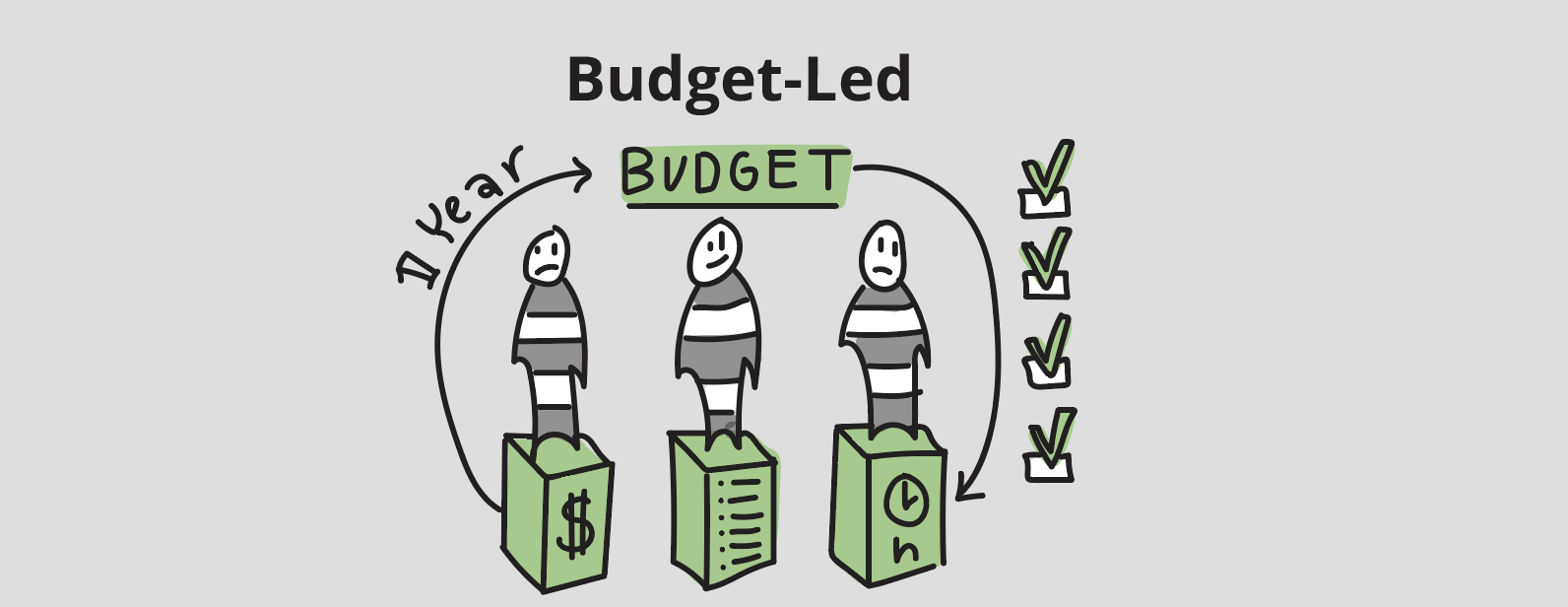
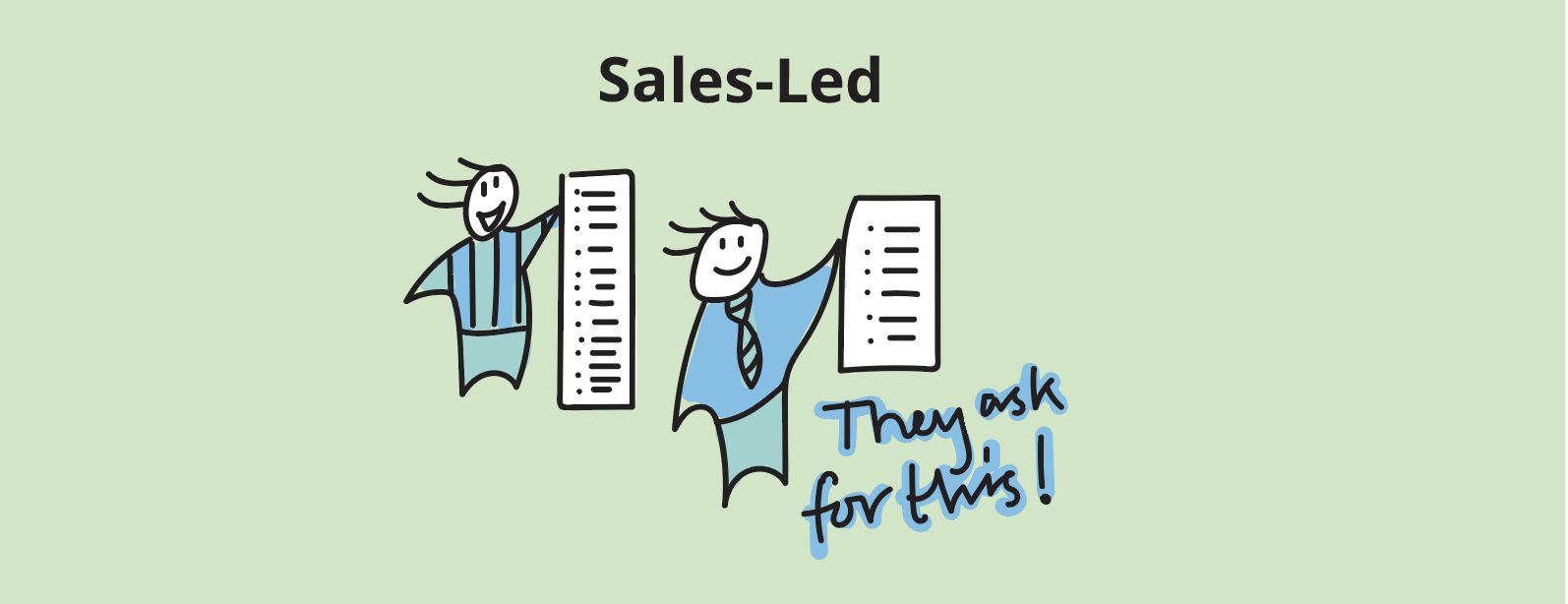
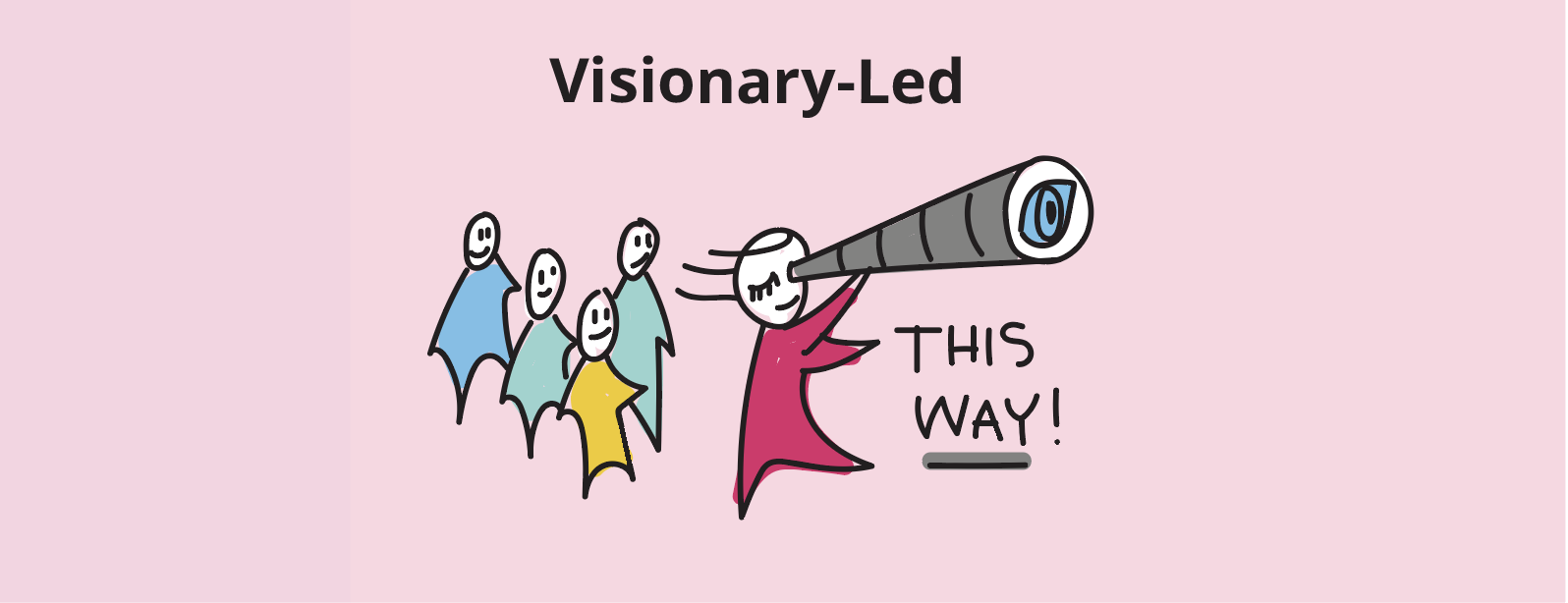
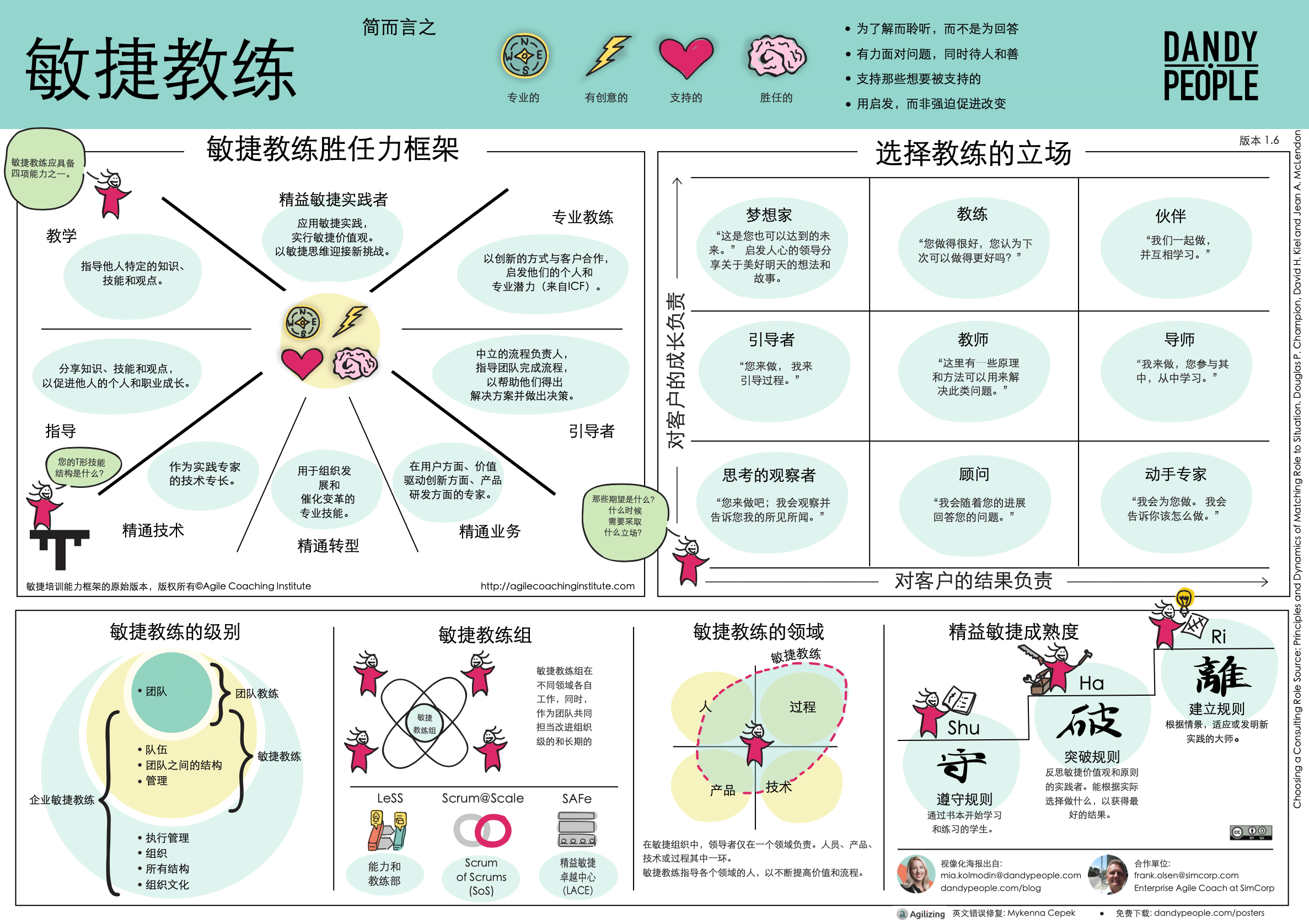
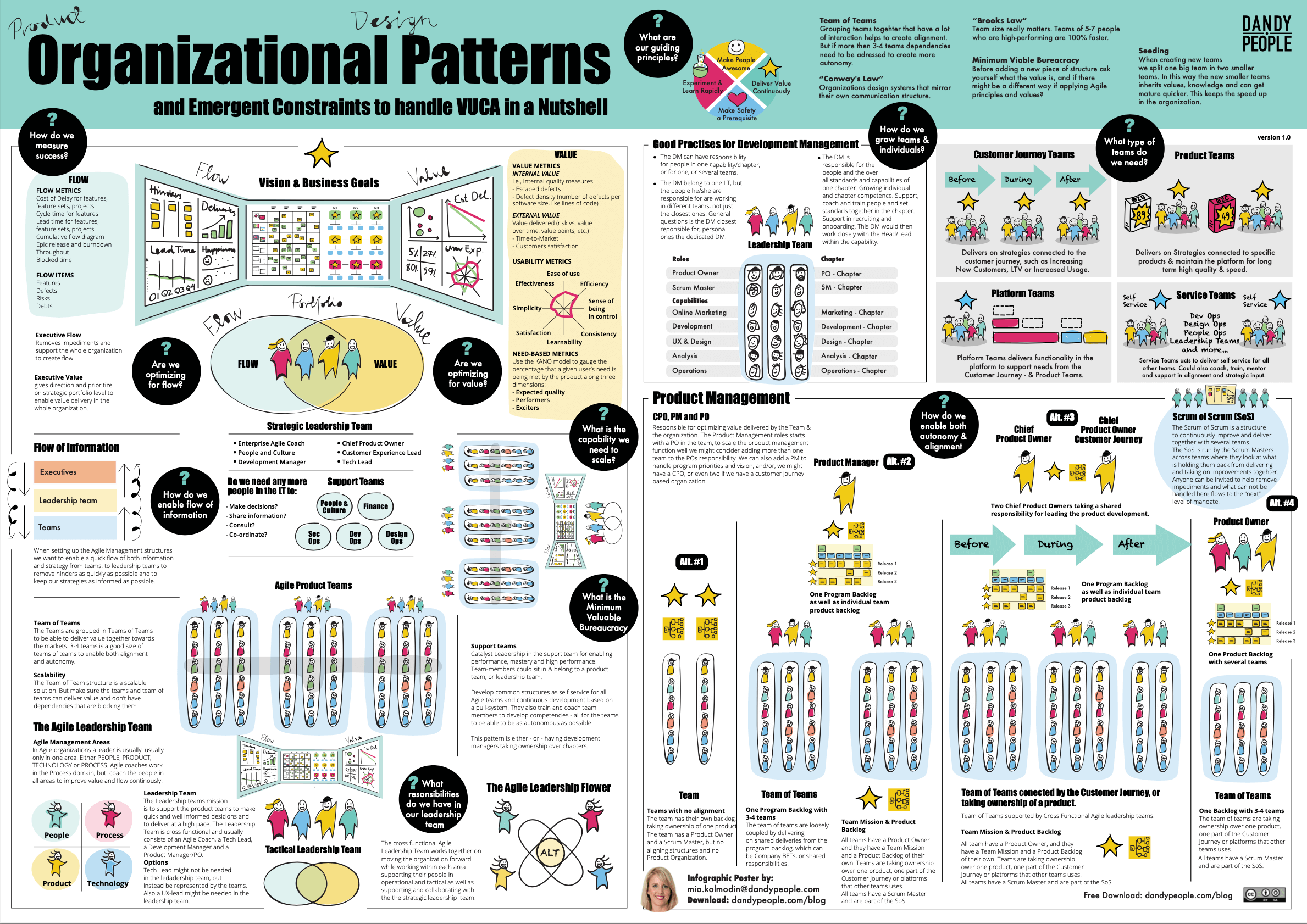





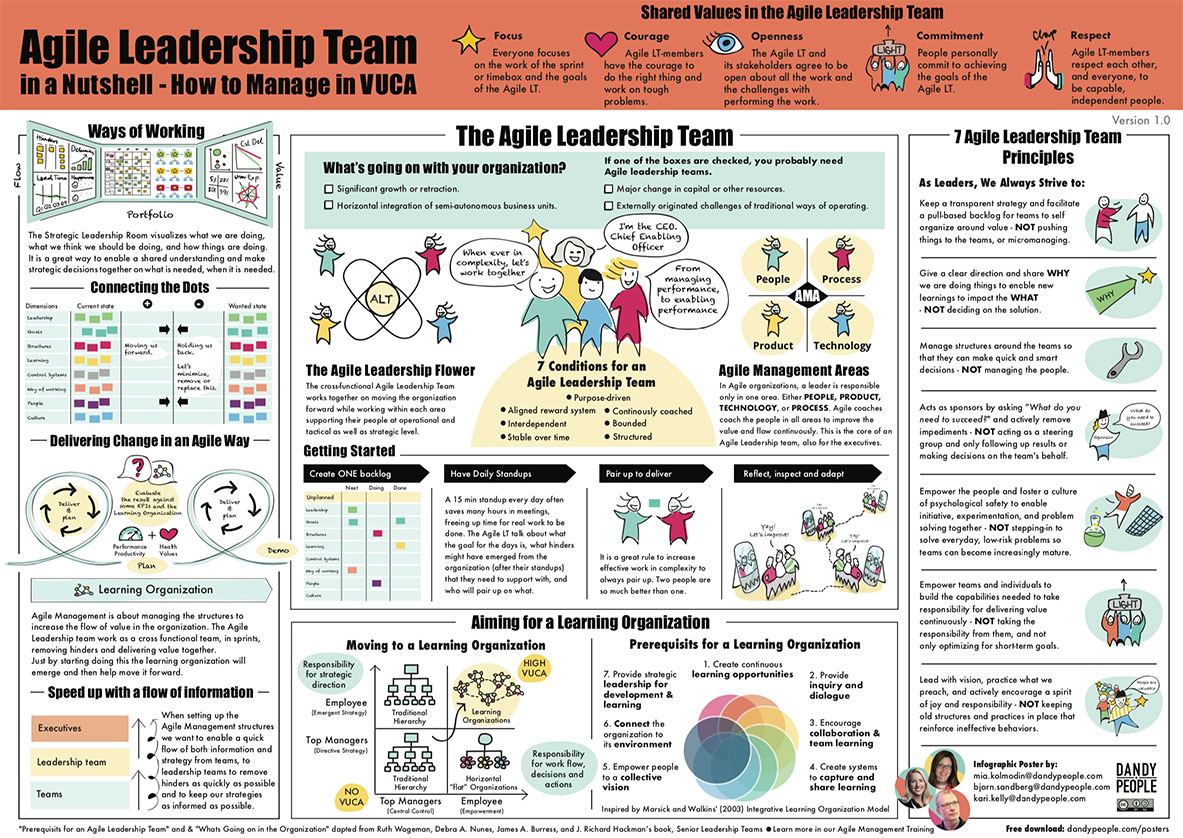
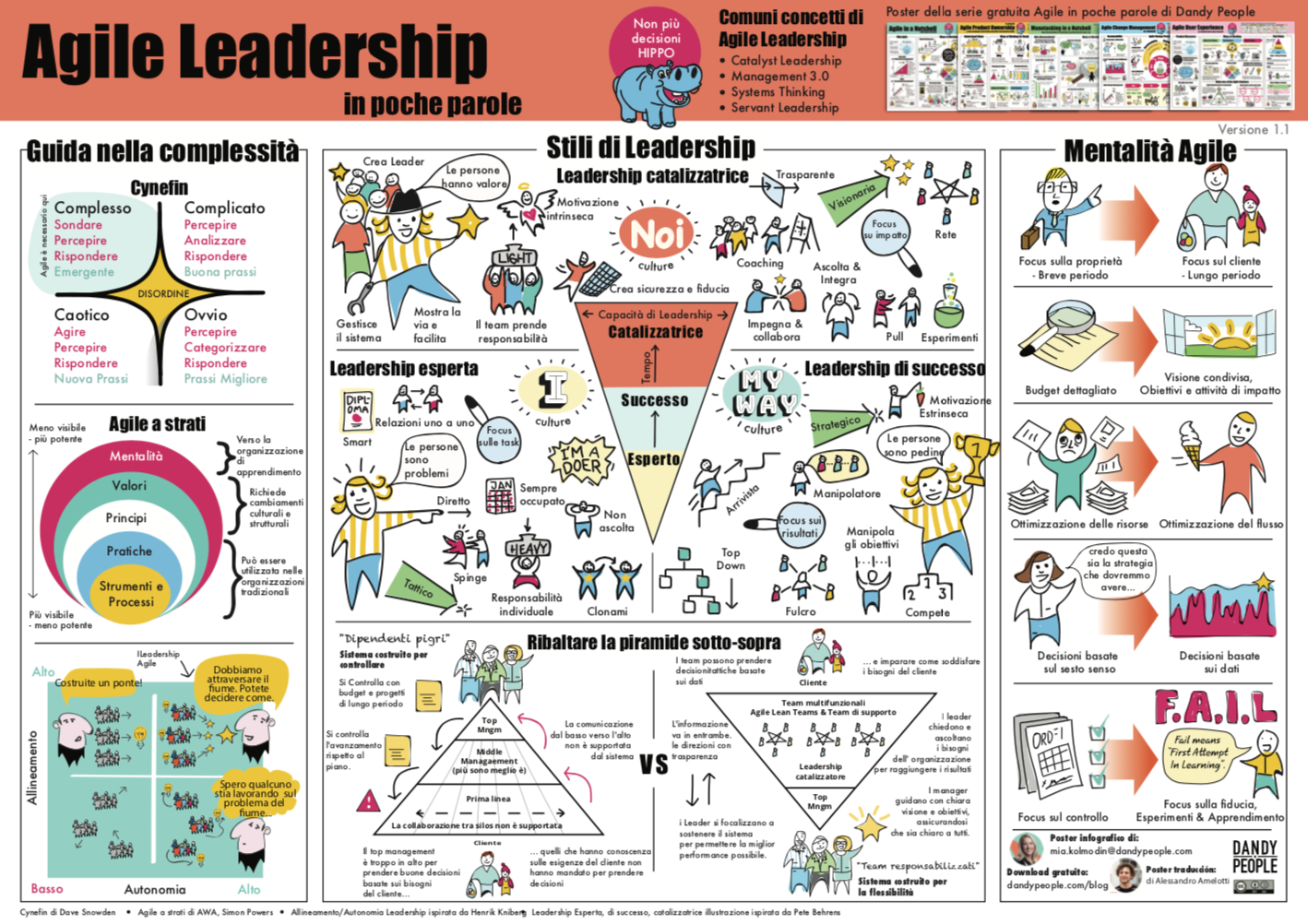

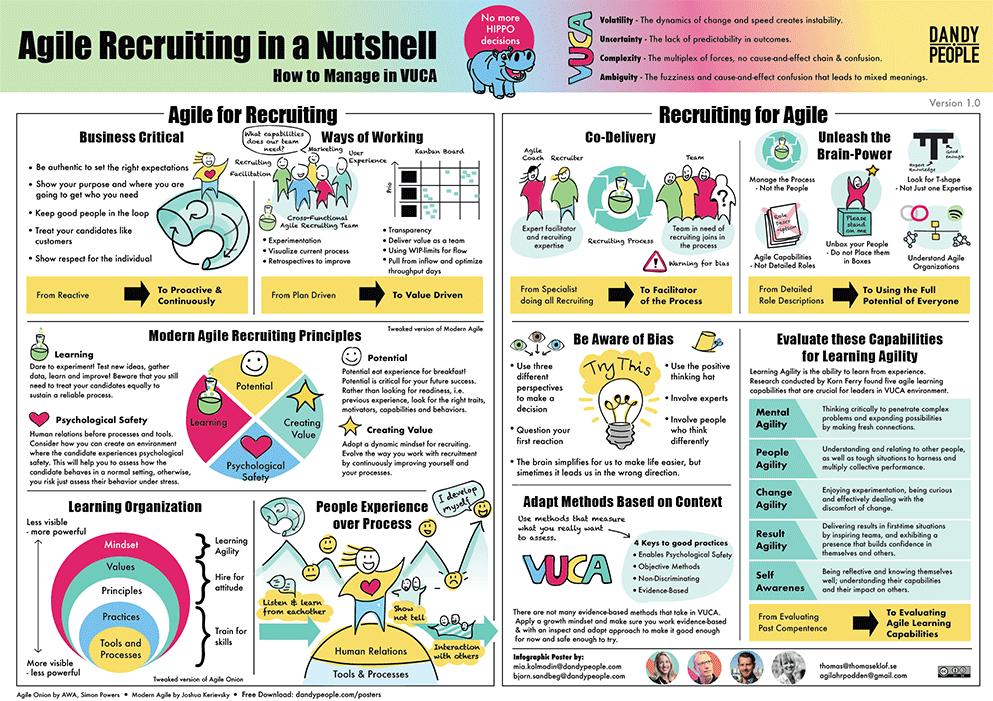
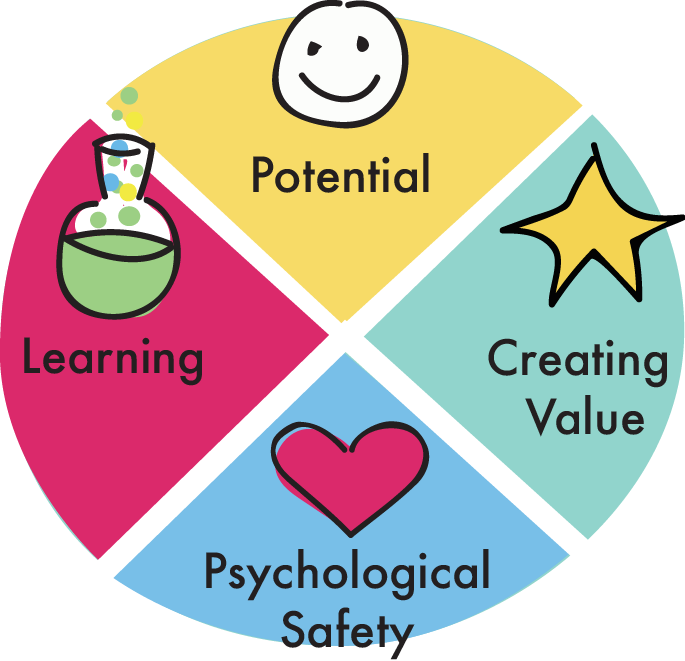
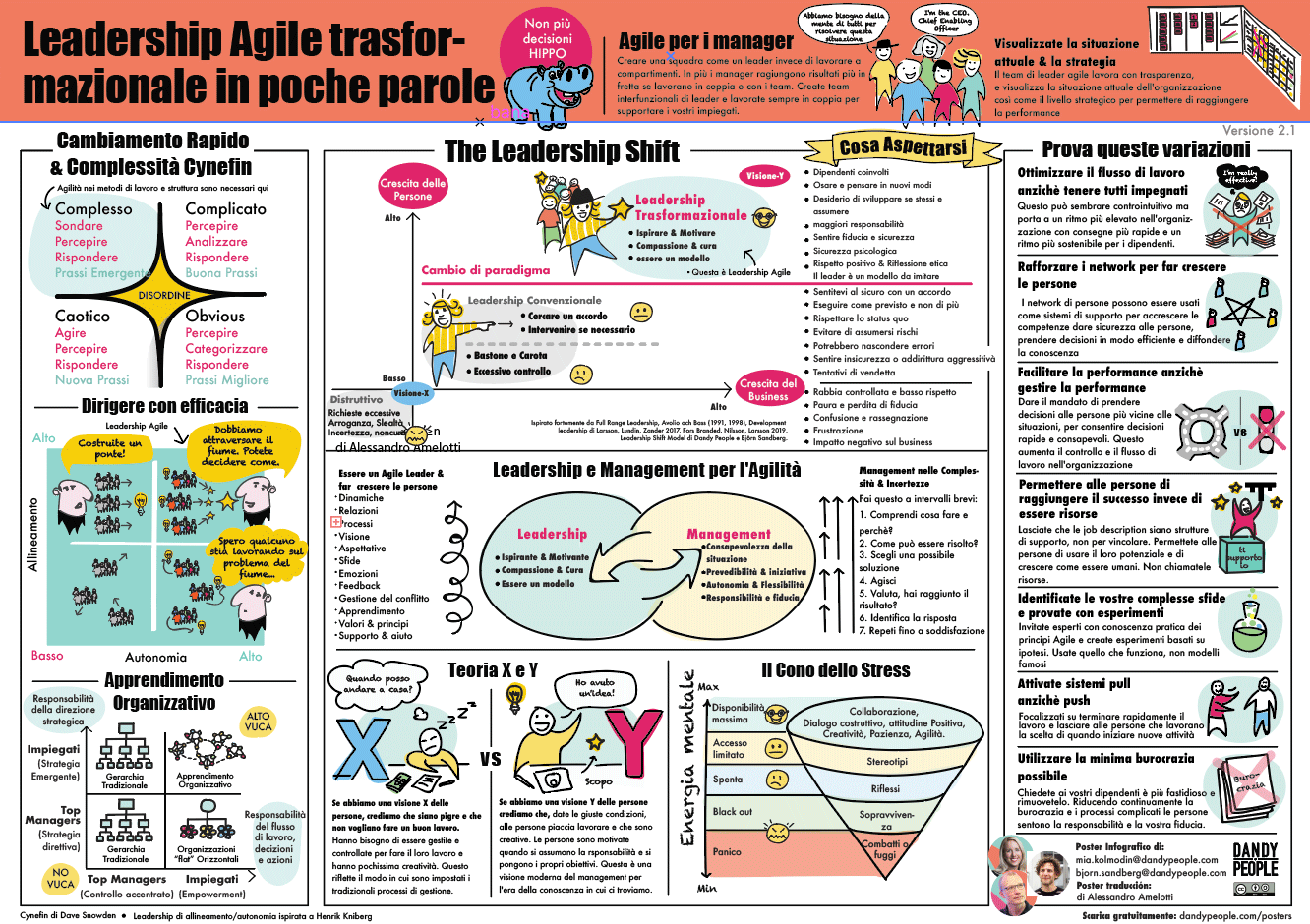
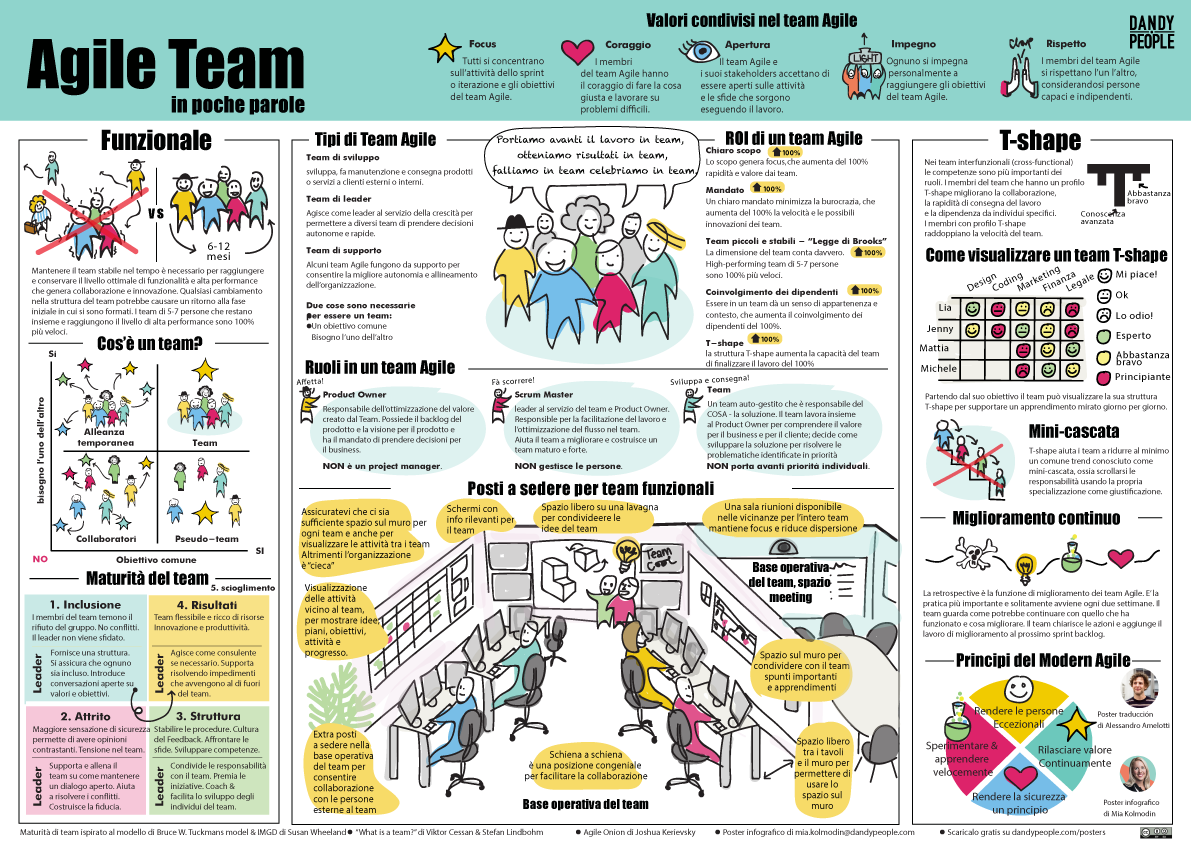
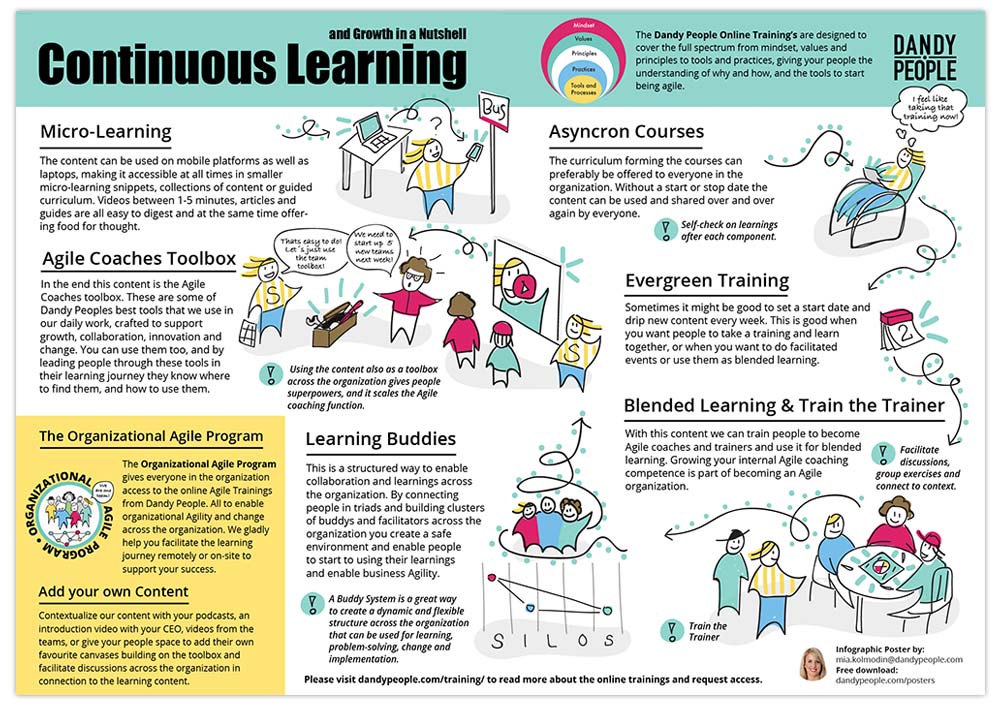

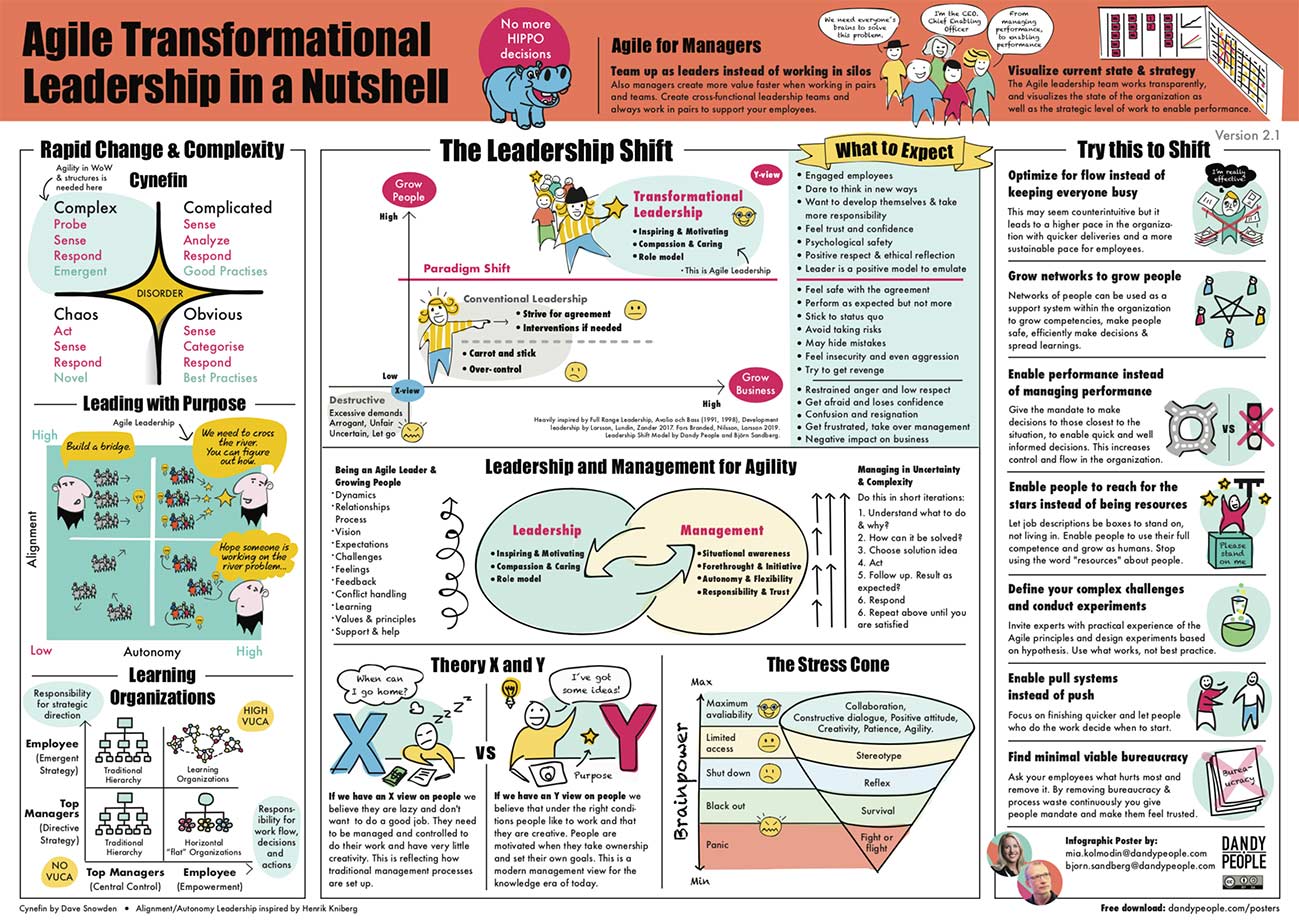
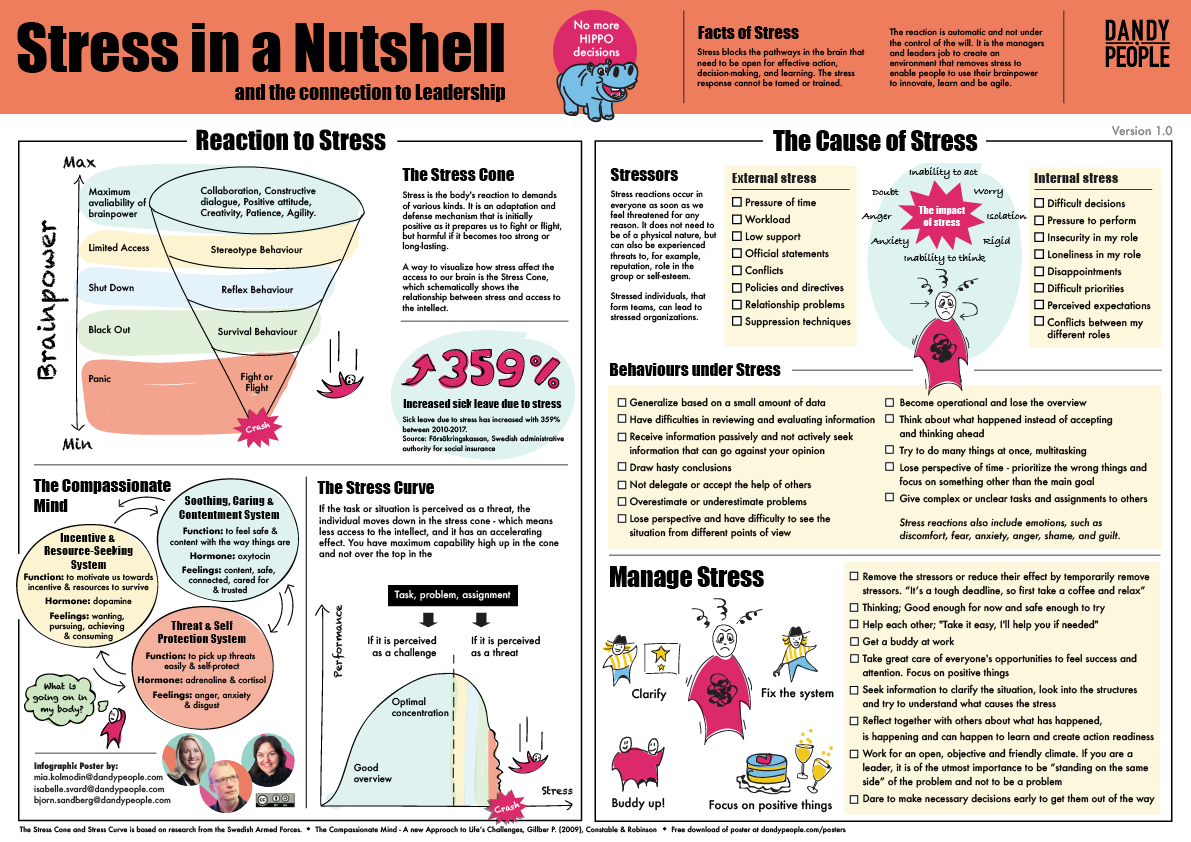
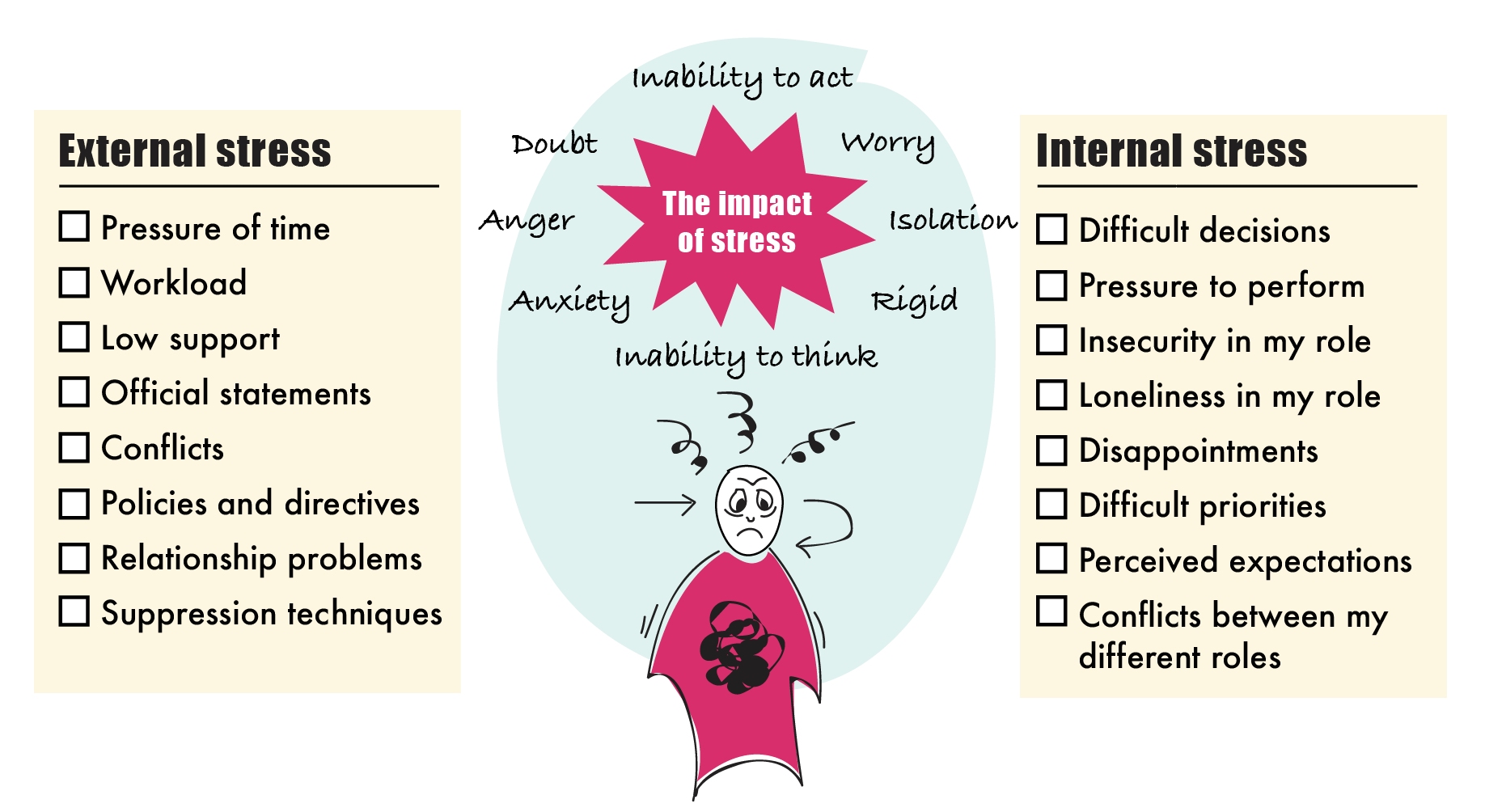
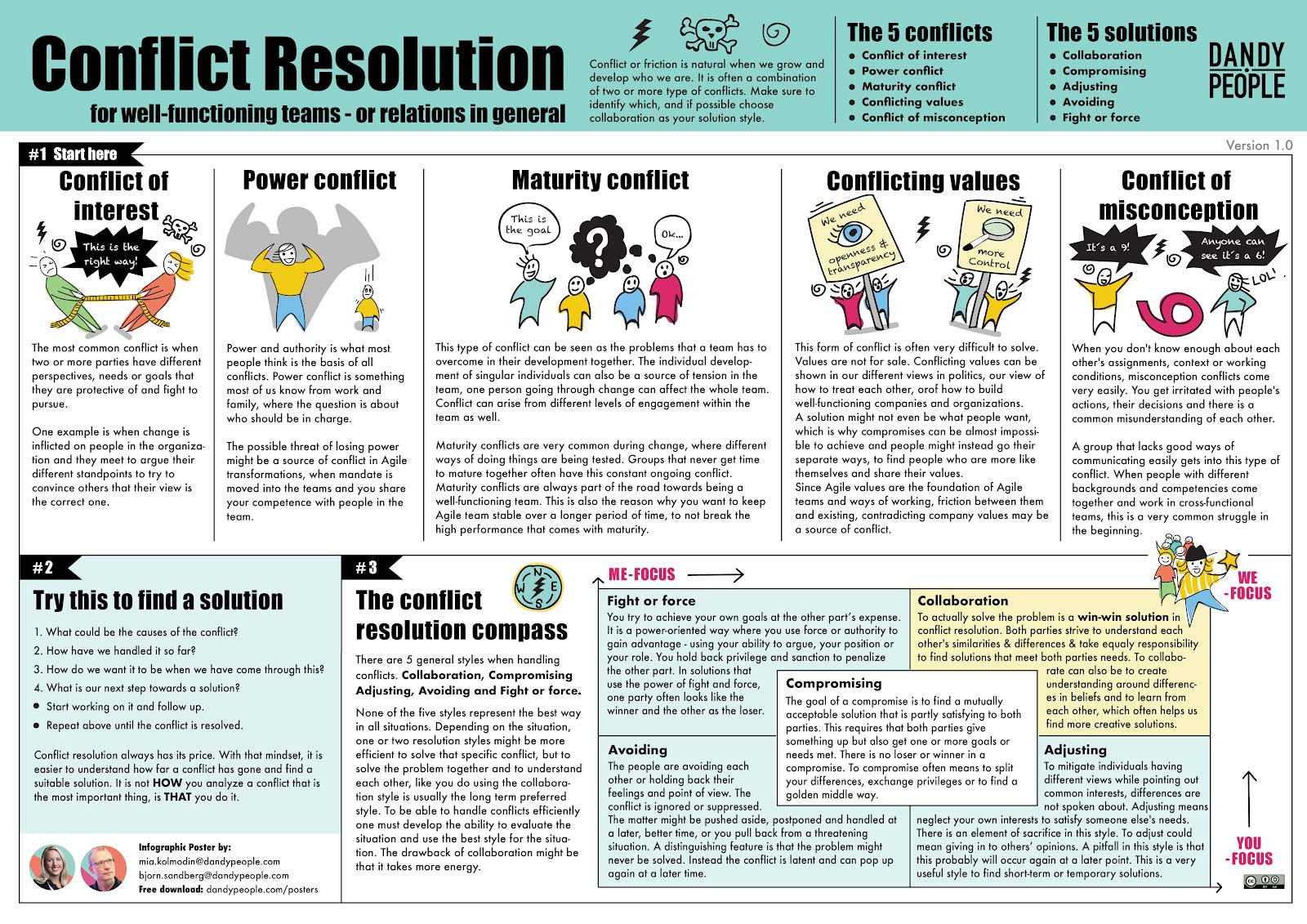
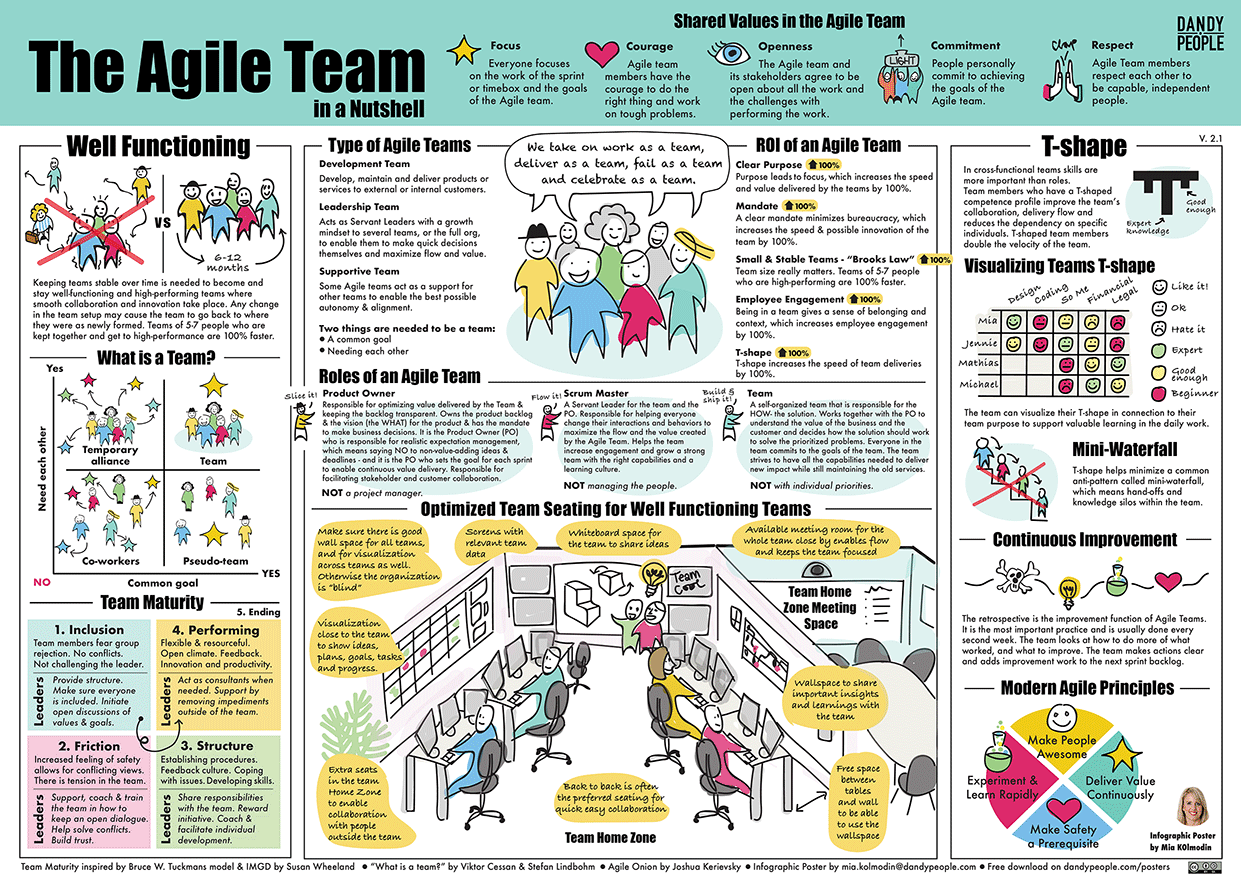
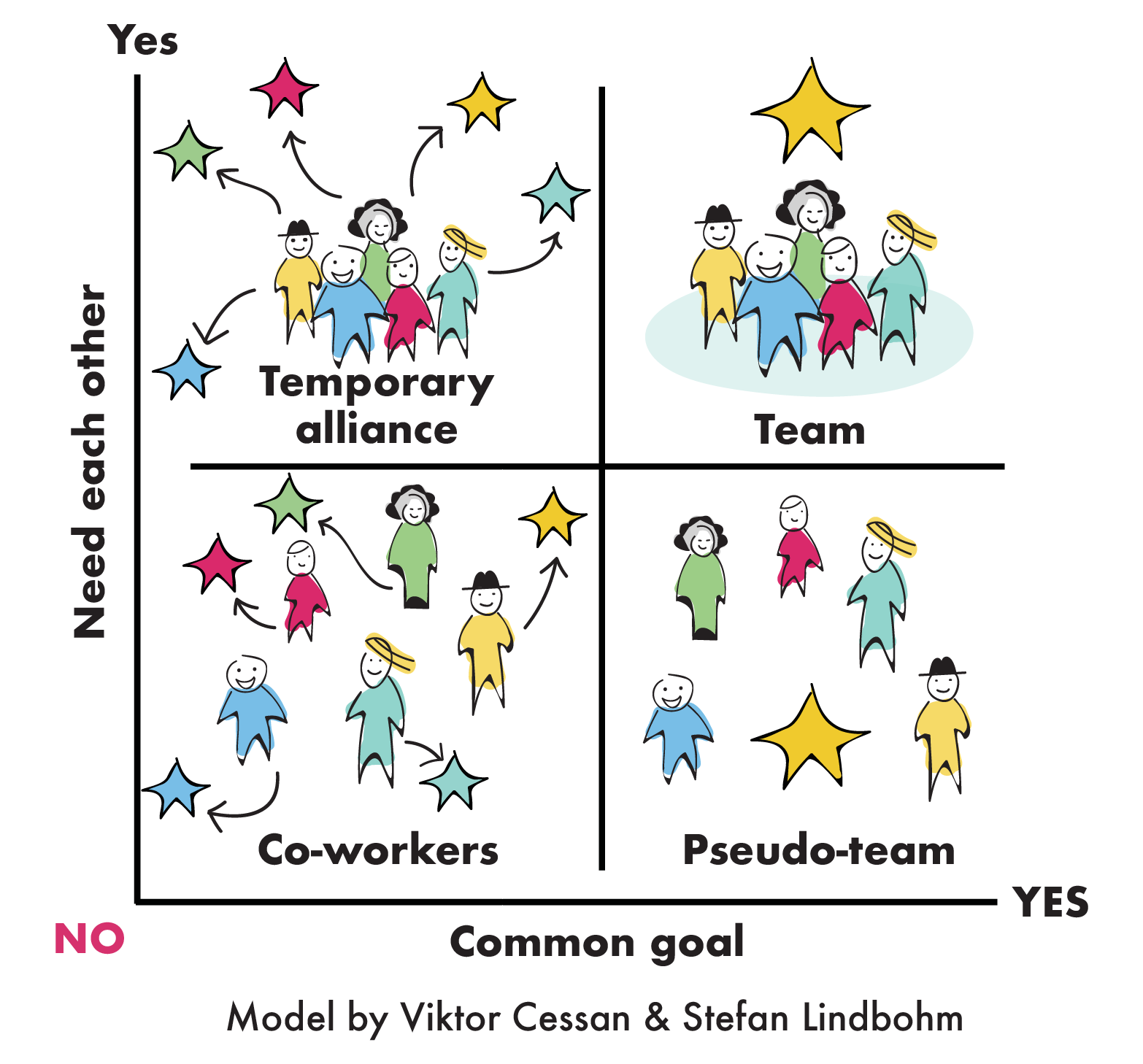
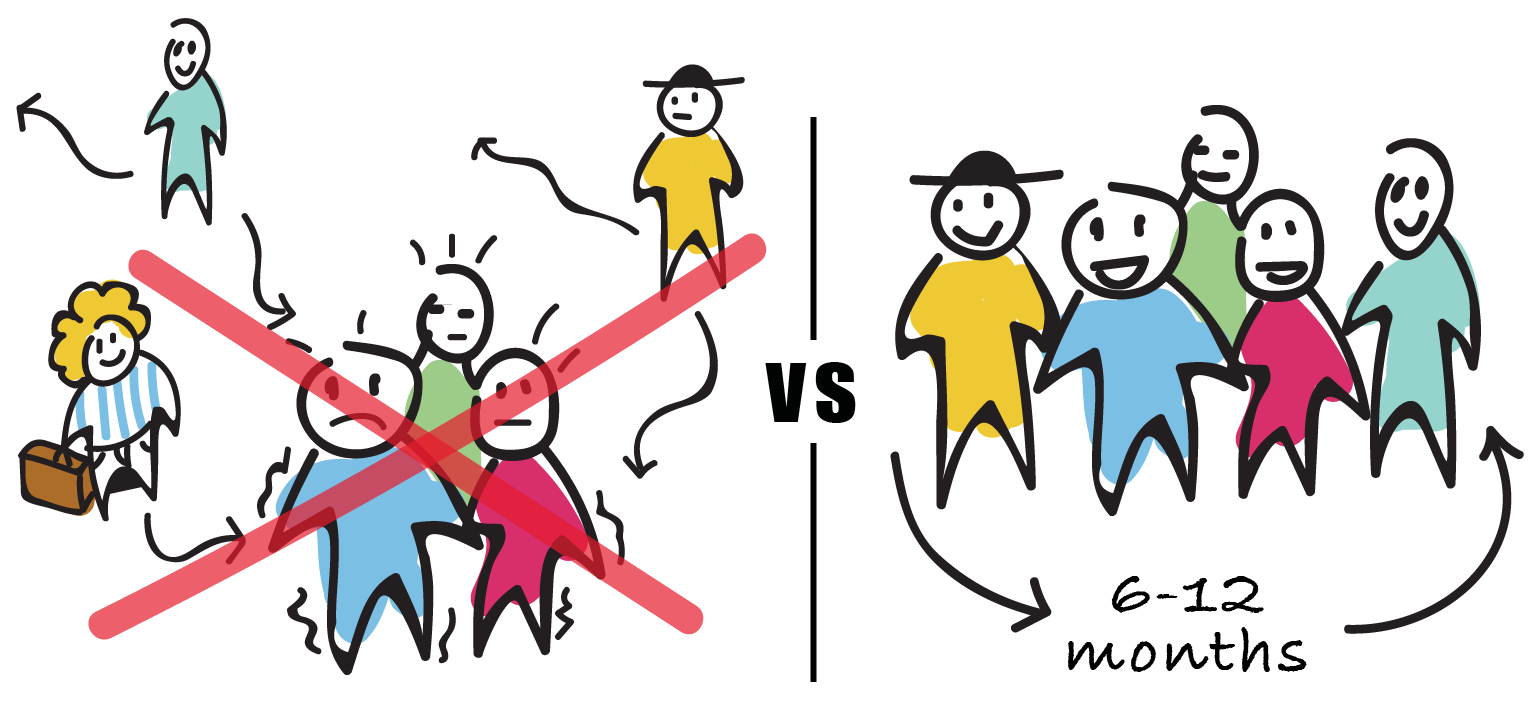
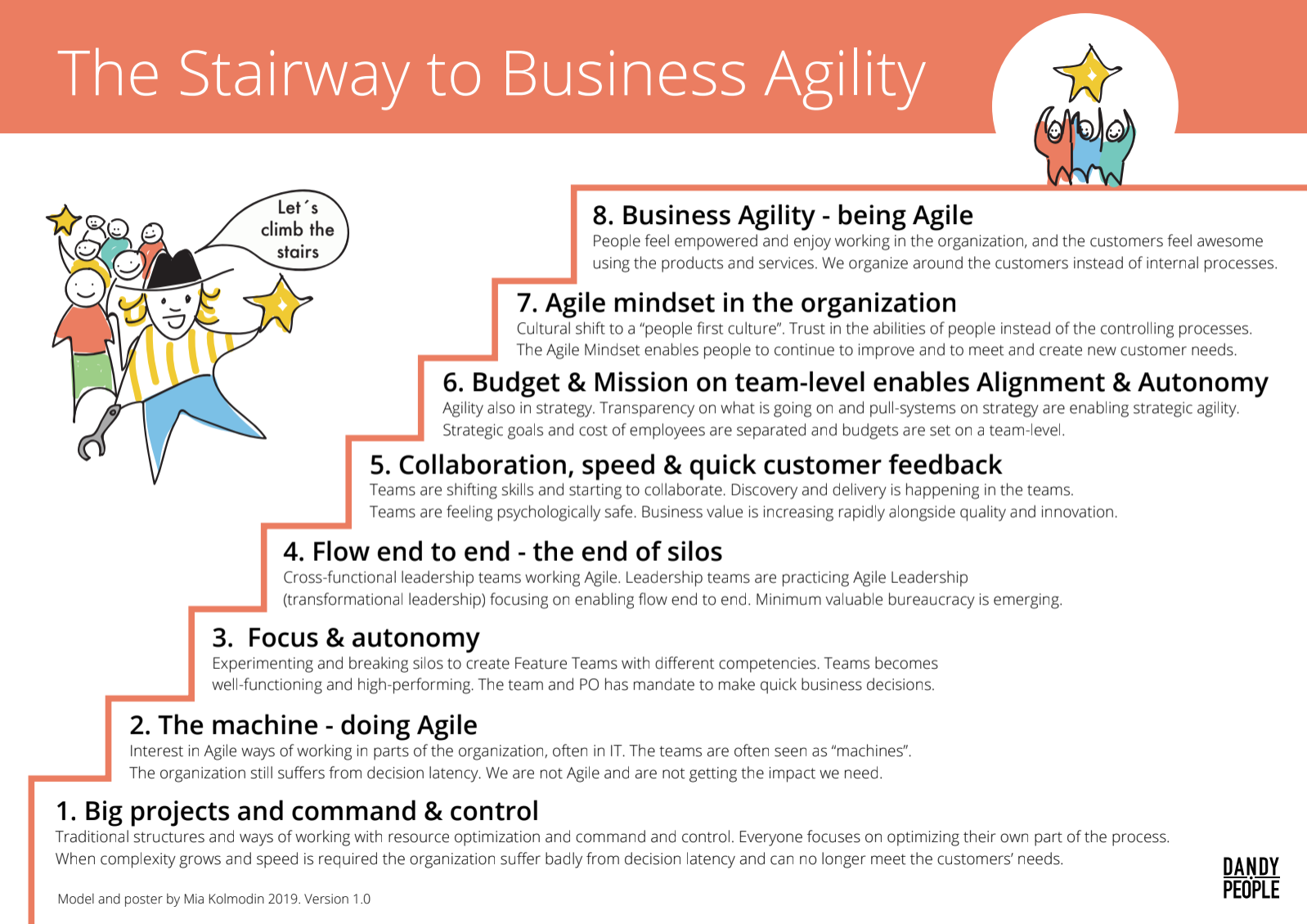
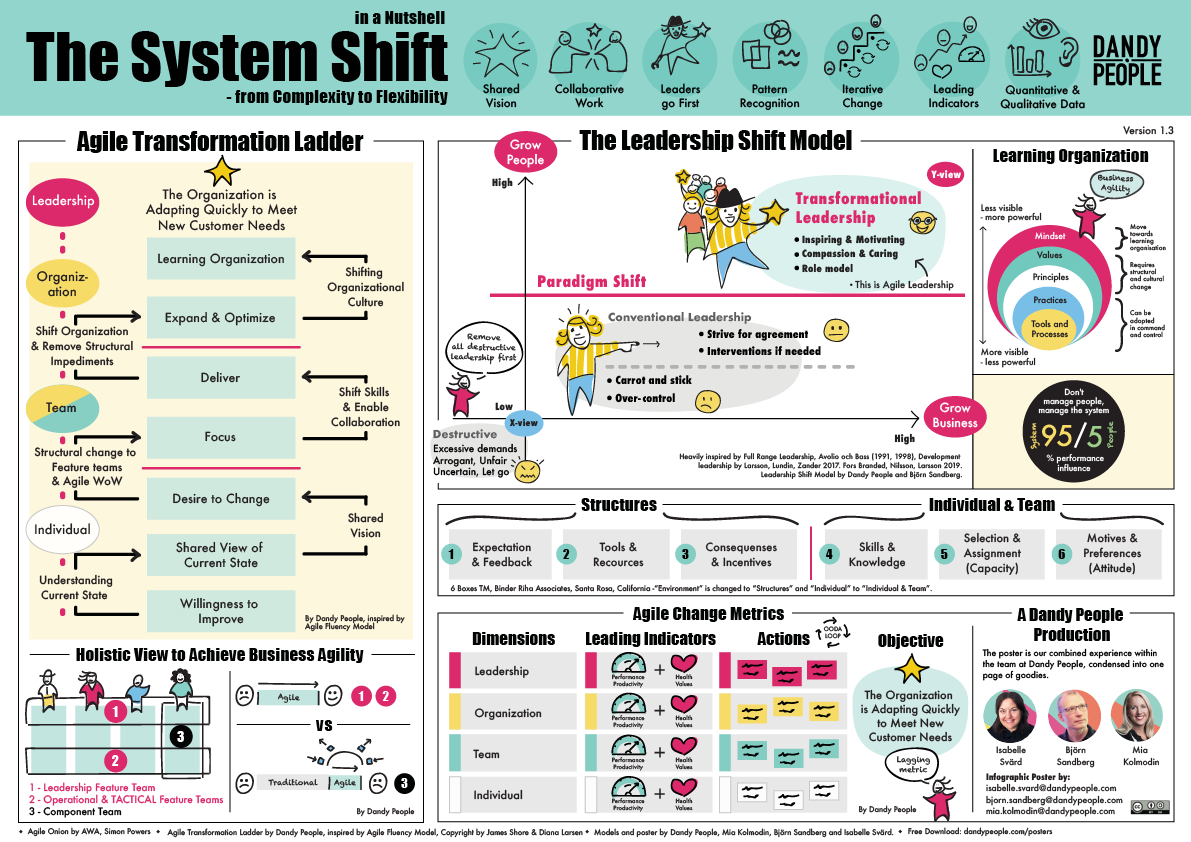
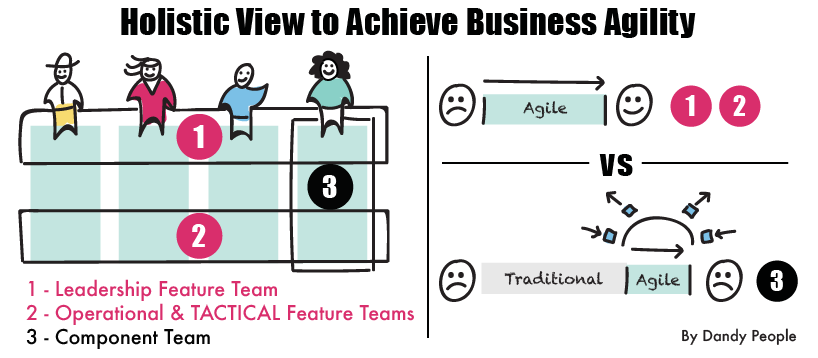
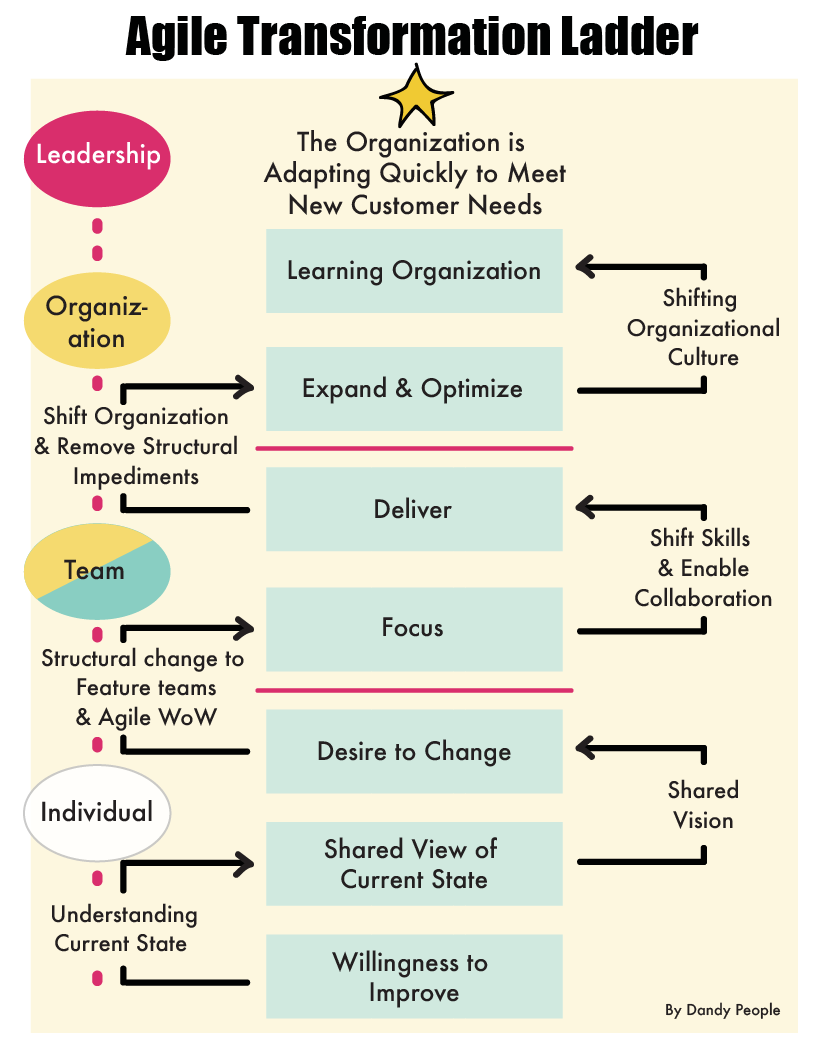
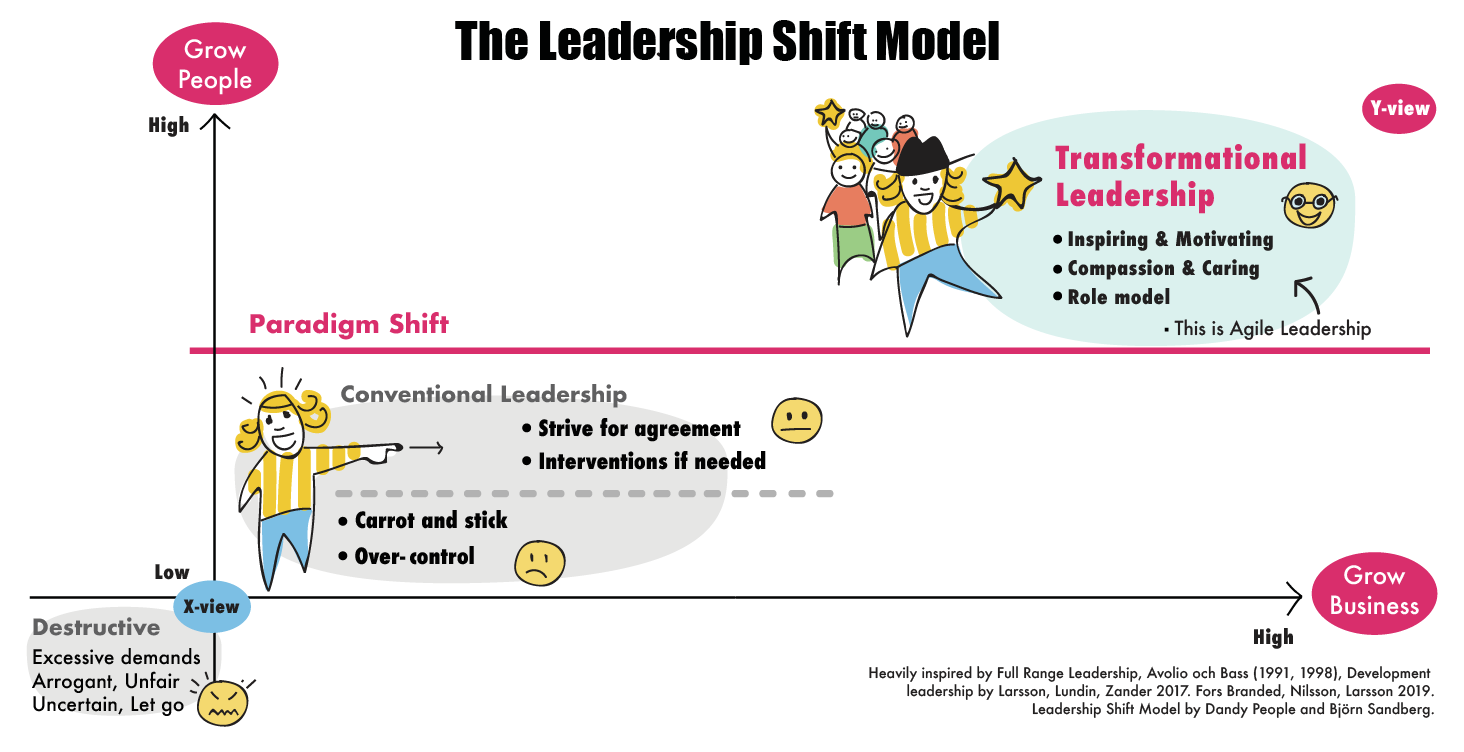
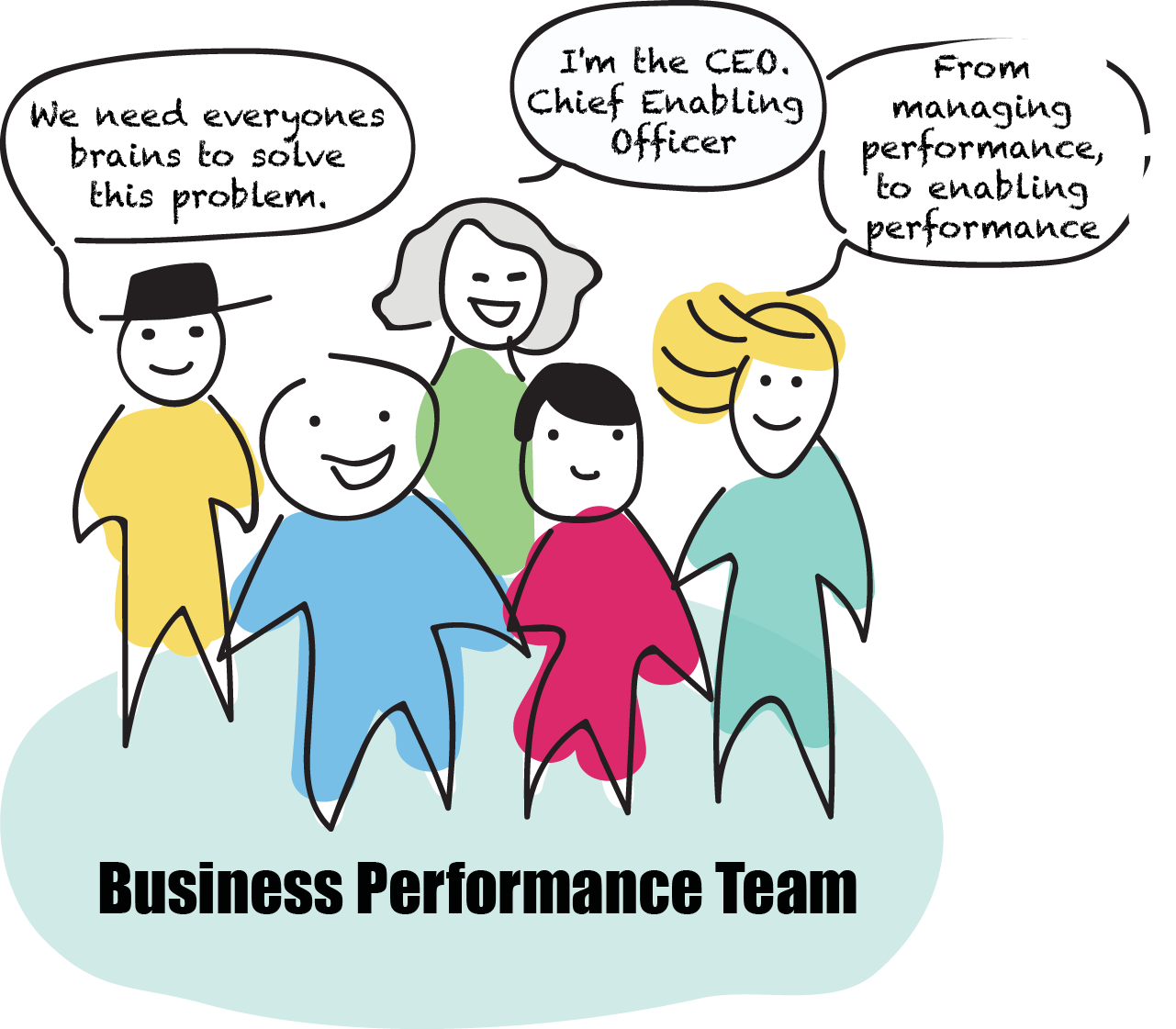 Most CEO’s today say Business Agility is important to them. It´s becoming more and more clear that organizations that enable their employees to find the best solutions to important problems outperform their competitors. To do this we many times need to take a very different perspective on how to manage our companies than what we have been used to. Old leadership principles and management practices don´t give the support or control they used to – they are instead actively hindering the organization from acting on new knowledge and doing whats best for the company and the customers.
Most CEO’s today say Business Agility is important to them. It´s becoming more and more clear that organizations that enable their employees to find the best solutions to important problems outperform their competitors. To do this we many times need to take a very different perspective on how to manage our companies than what we have been used to. Old leadership principles and management practices don´t give the support or control they used to – they are instead actively hindering the organization from acting on new knowledge and doing whats best for the company and the customers.
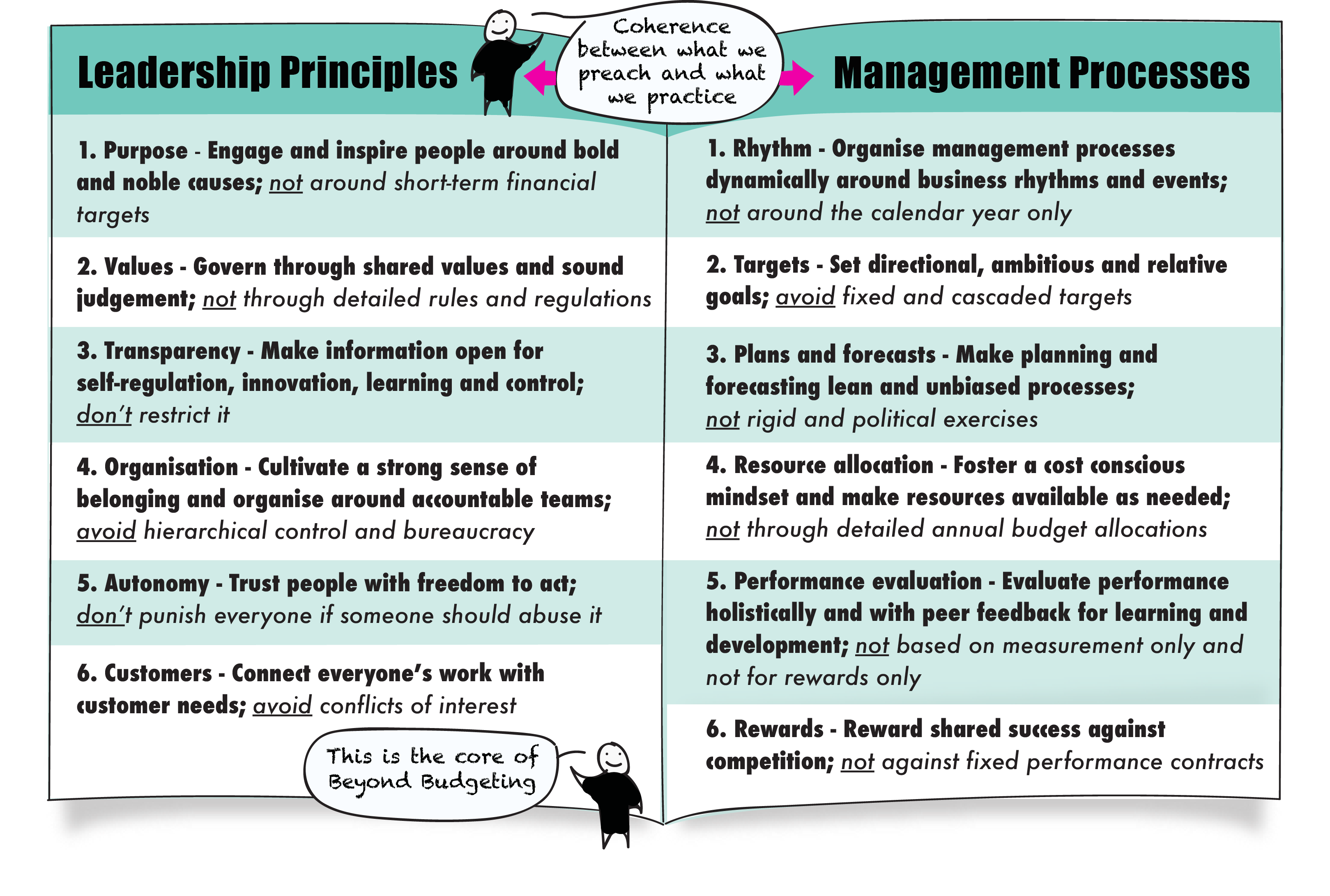
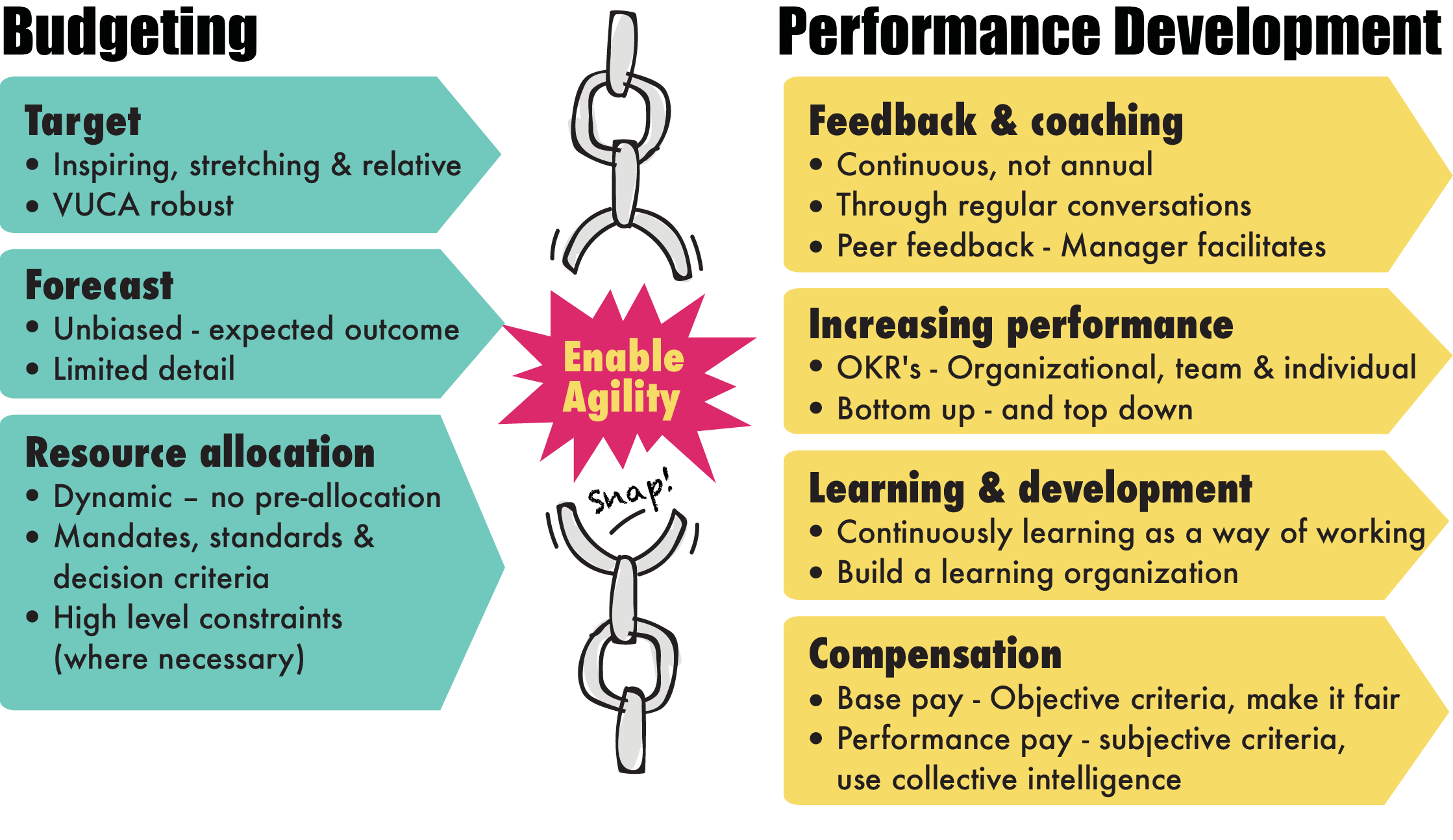
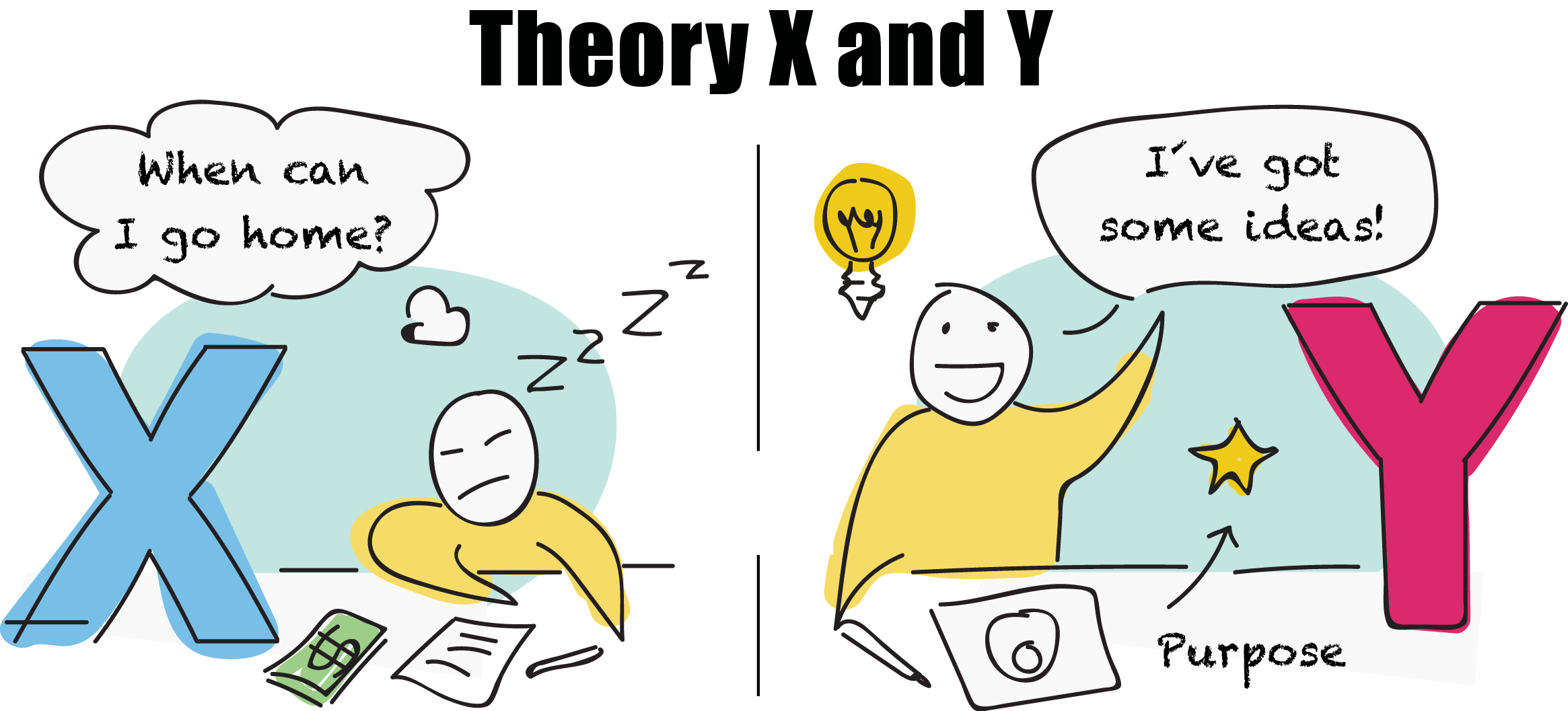

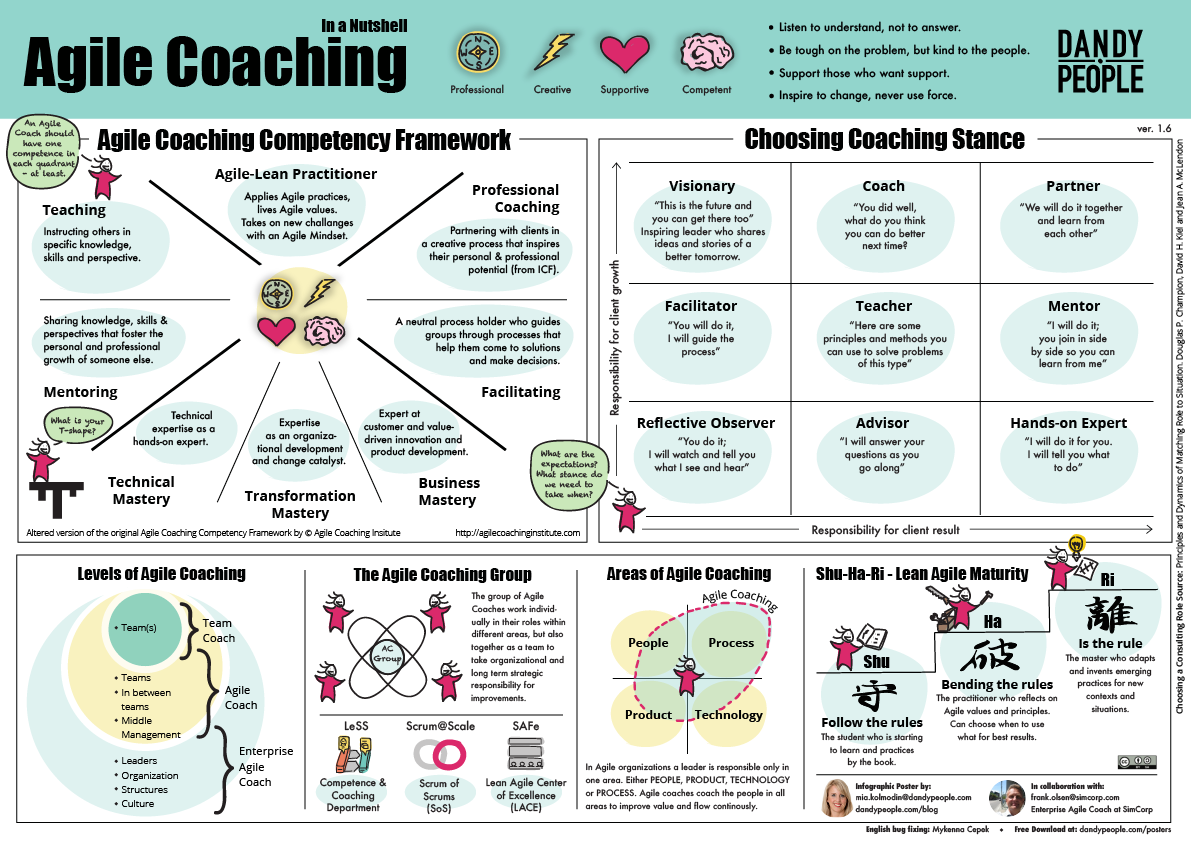
 We’ve teamed up with the talented Riina Hallström and Natal Dank –co-founders of the Agile HR Community – to create the first Agile HR in a Nutshell free infographic resource.
We’ve teamed up with the talented Riina Hallström and Natal Dank –co-founders of the Agile HR Community – to create the first Agile HR in a Nutshell free infographic resource.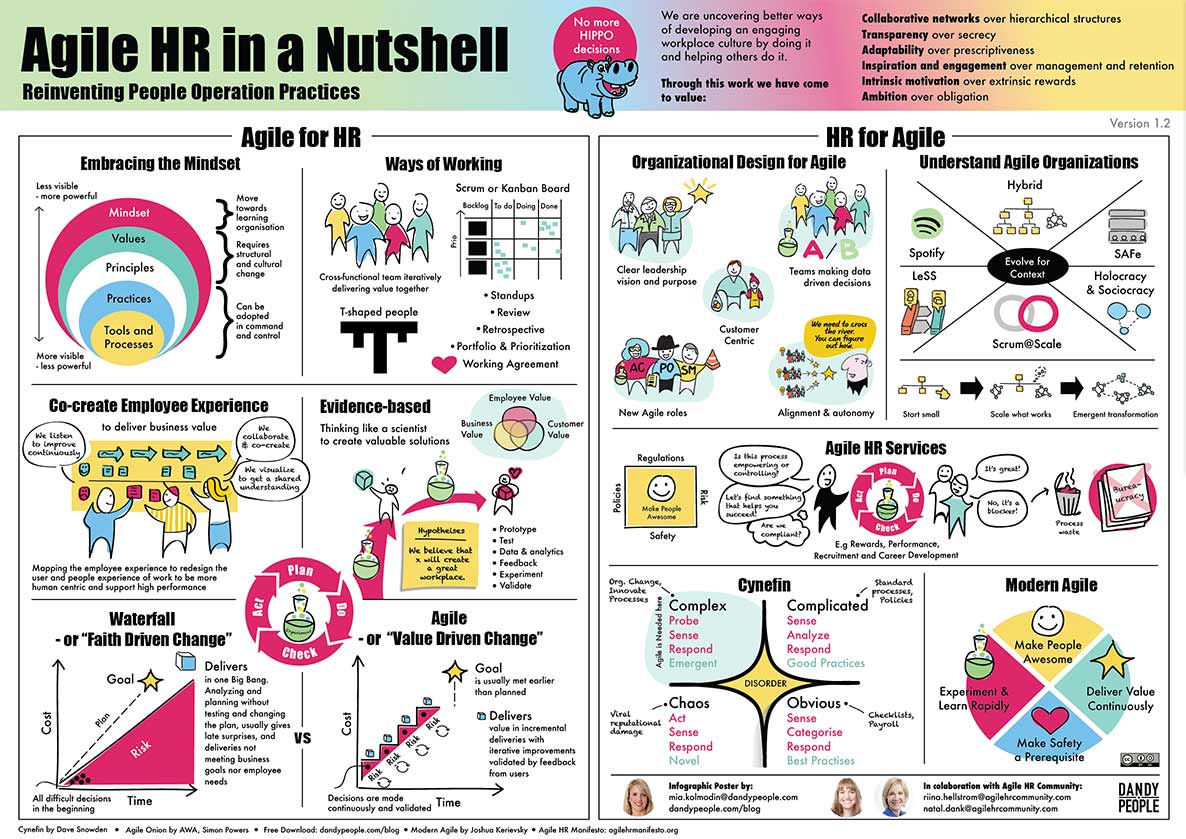
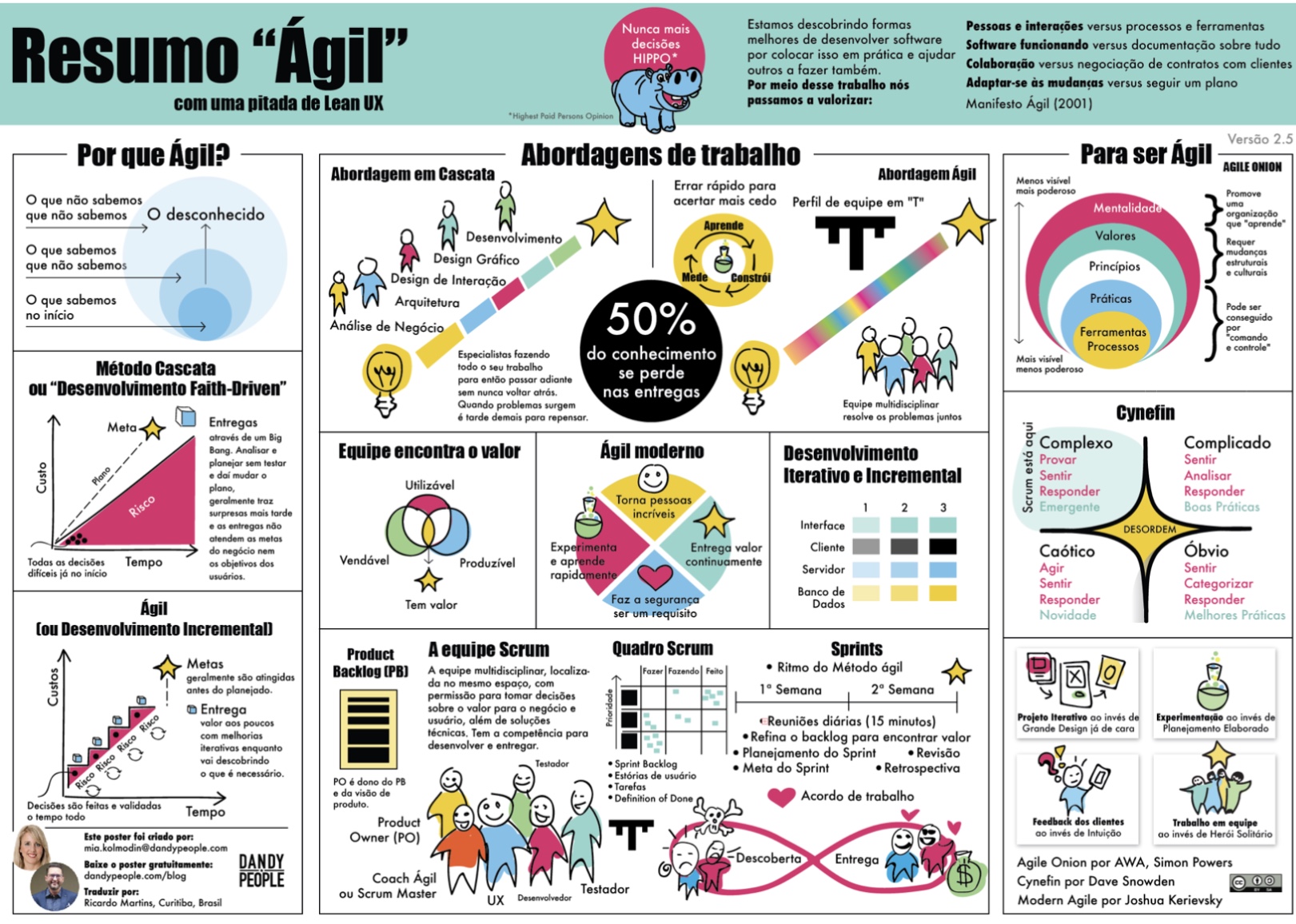
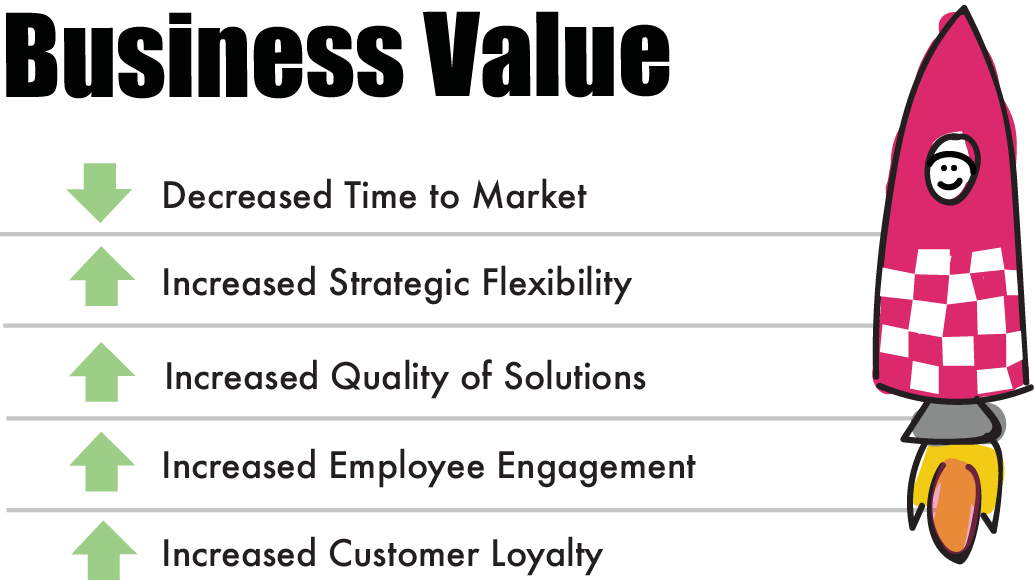 To organize around the customer journey has proven to be extremely effective in order to deliver as much value as possible, as fast as possible – and to make the customer as well as the employees feel awesome! In most organization the organization structure itself is what´s causing the most pain – maybe no wonder when you reflect on that the silos based hierarchical organization is over 100 years old! You can download the
To organize around the customer journey has proven to be extremely effective in order to deliver as much value as possible, as fast as possible – and to make the customer as well as the employees feel awesome! In most organization the organization structure itself is what´s causing the most pain – maybe no wonder when you reflect on that the silos based hierarchical organization is over 100 years old! You can download the 